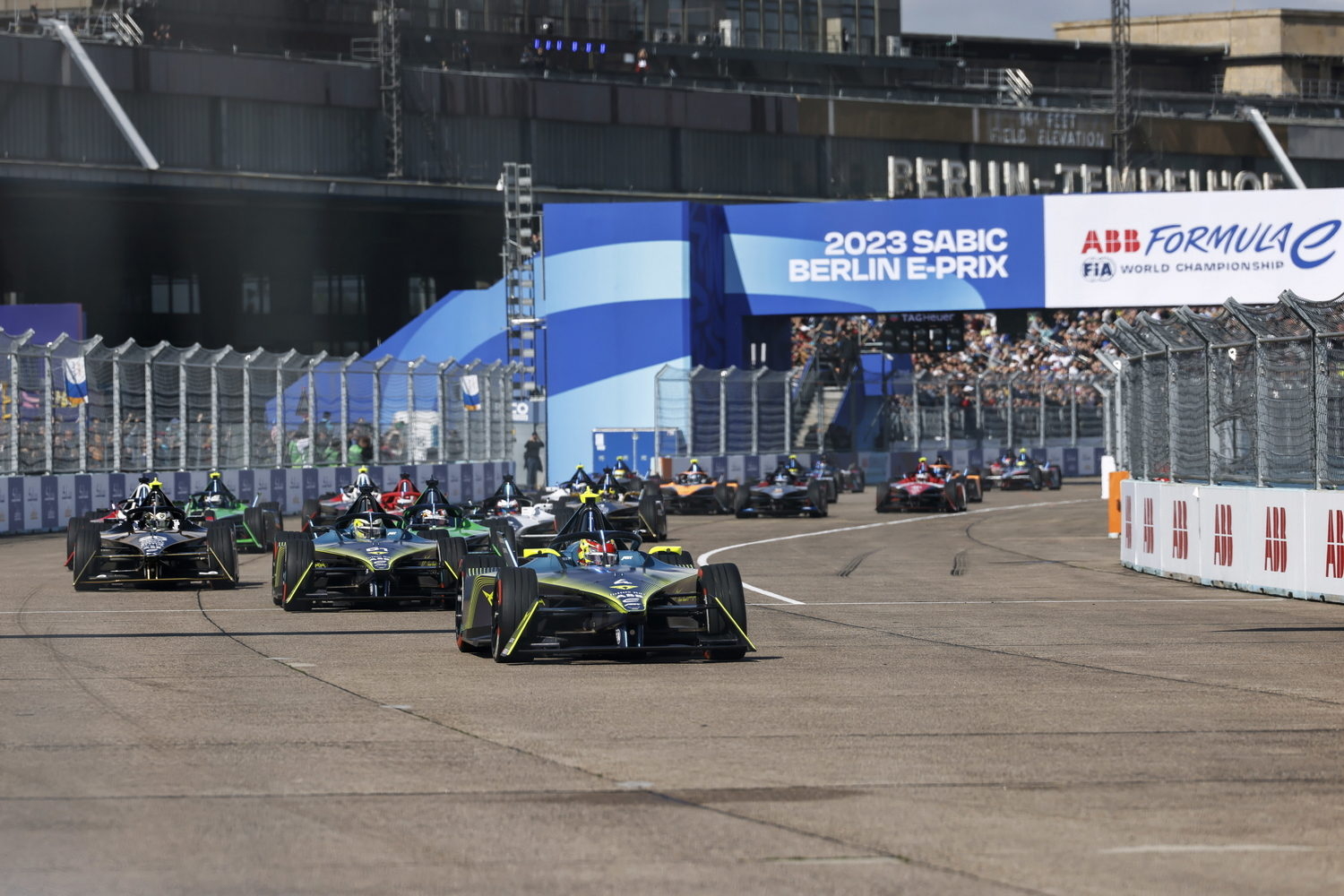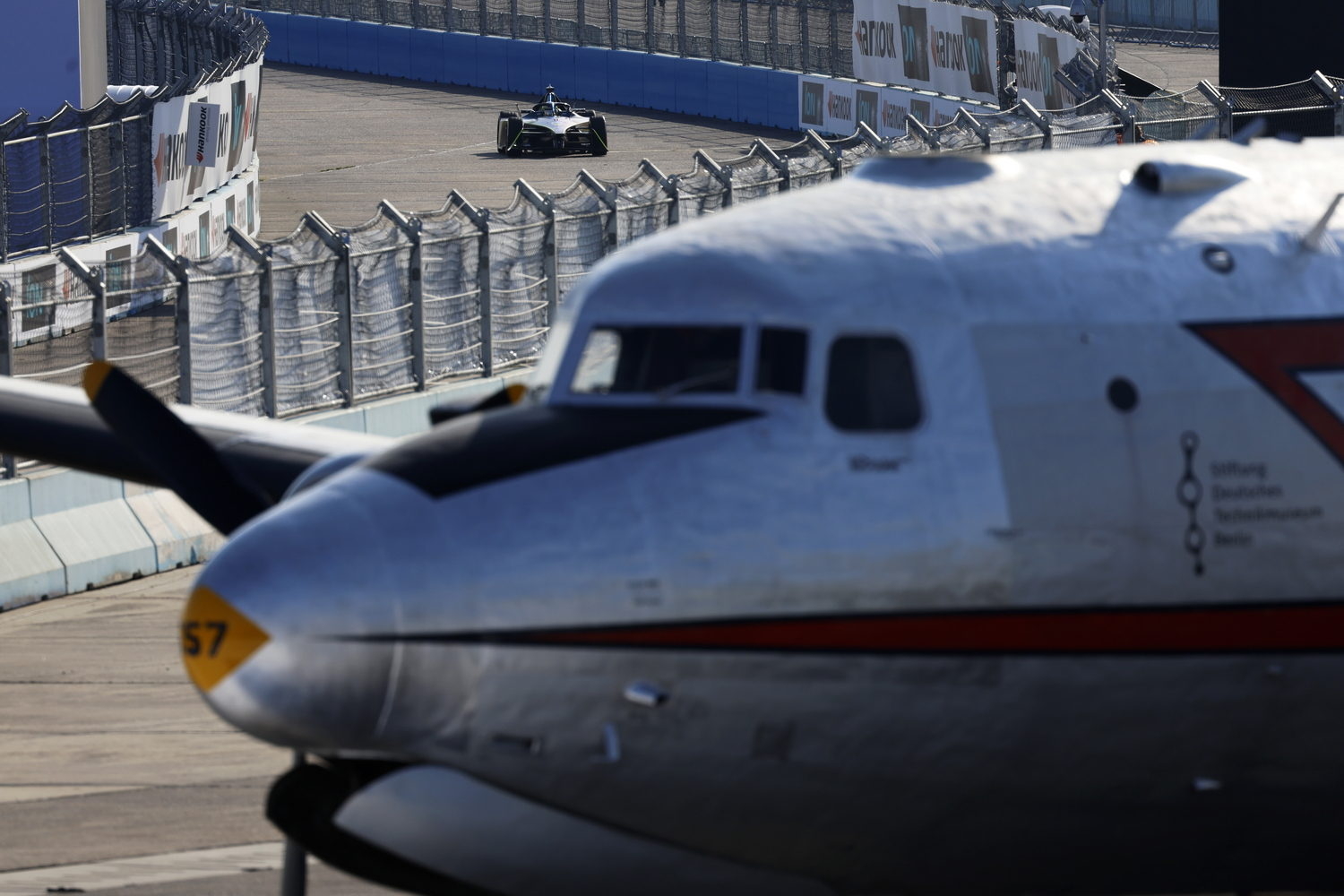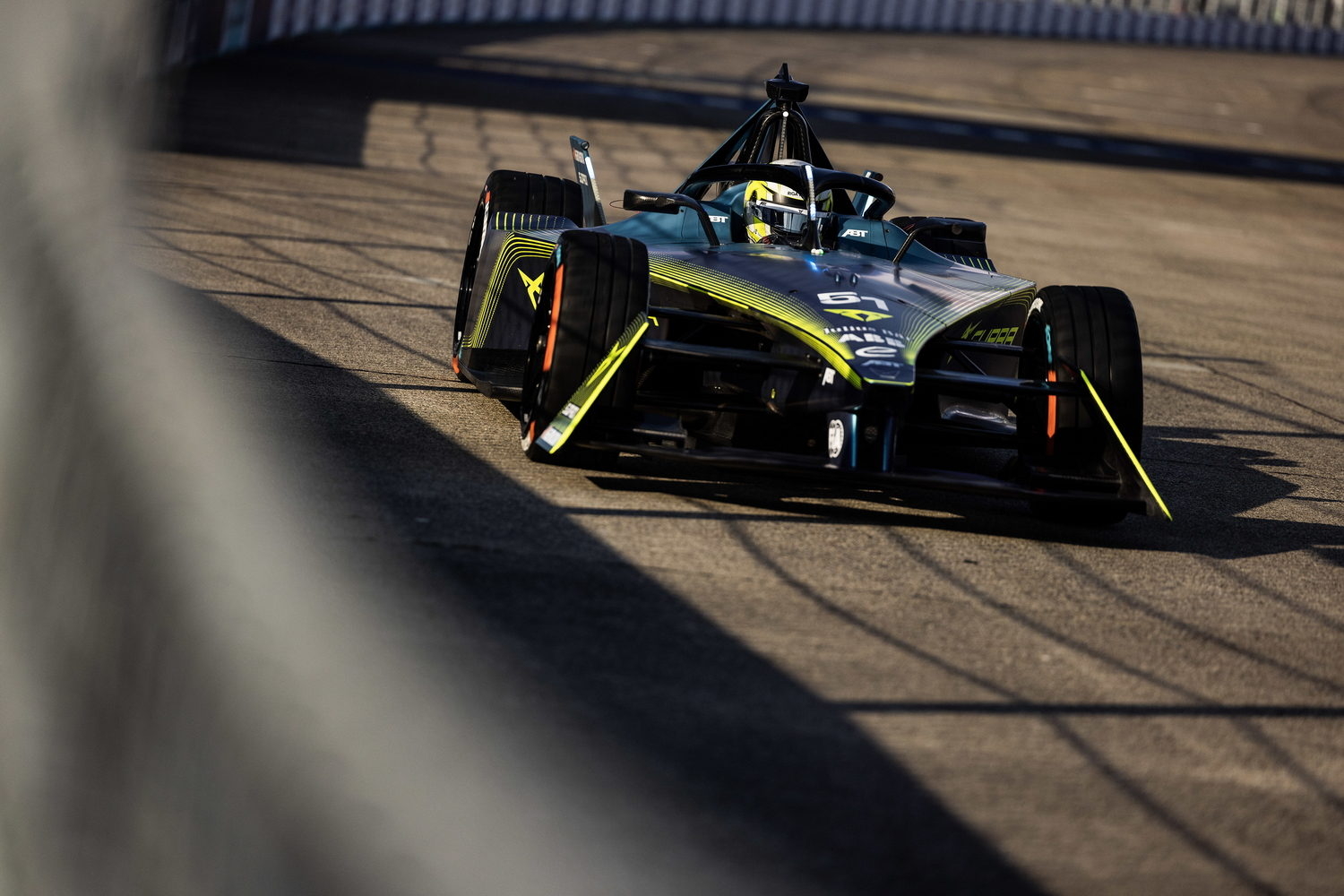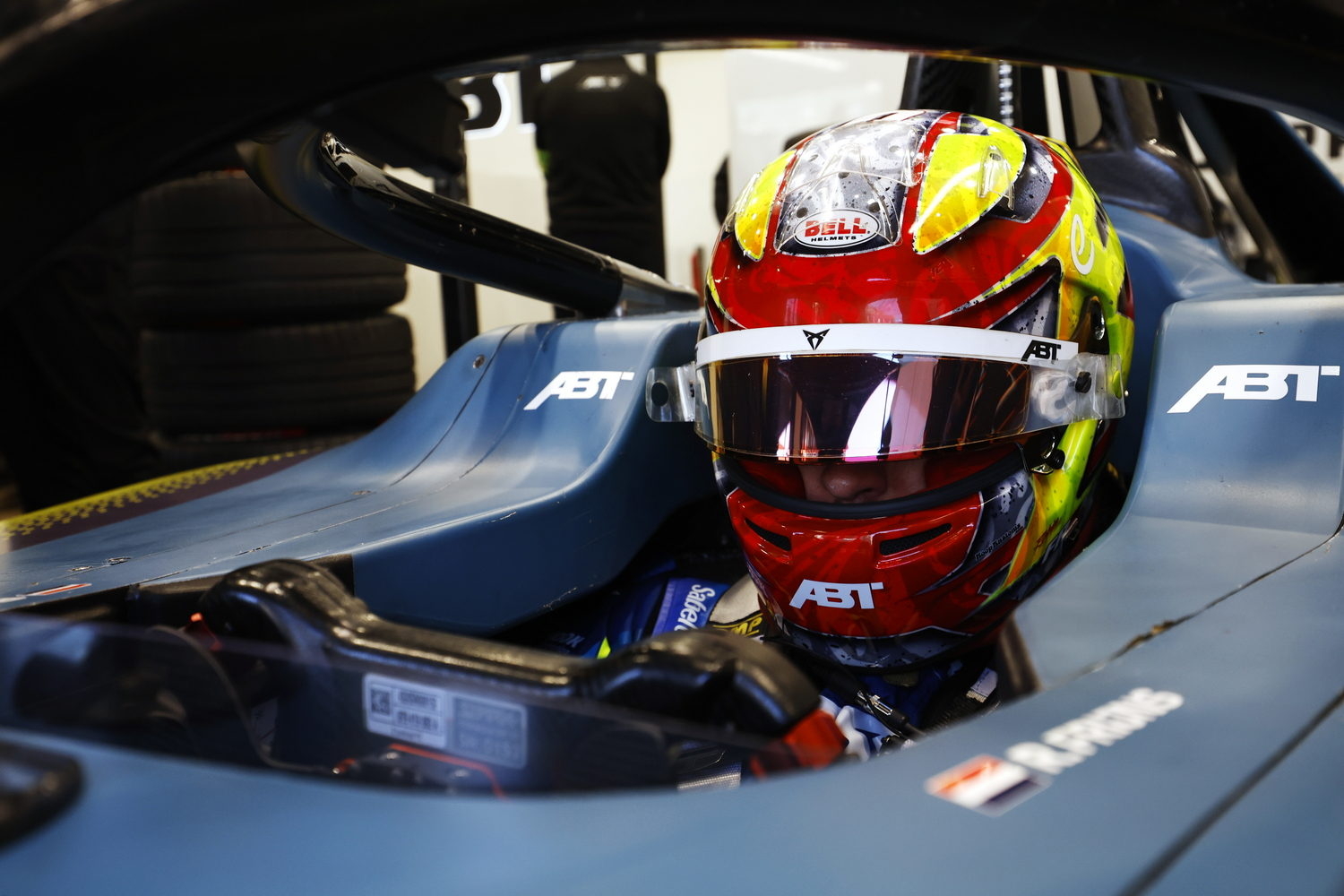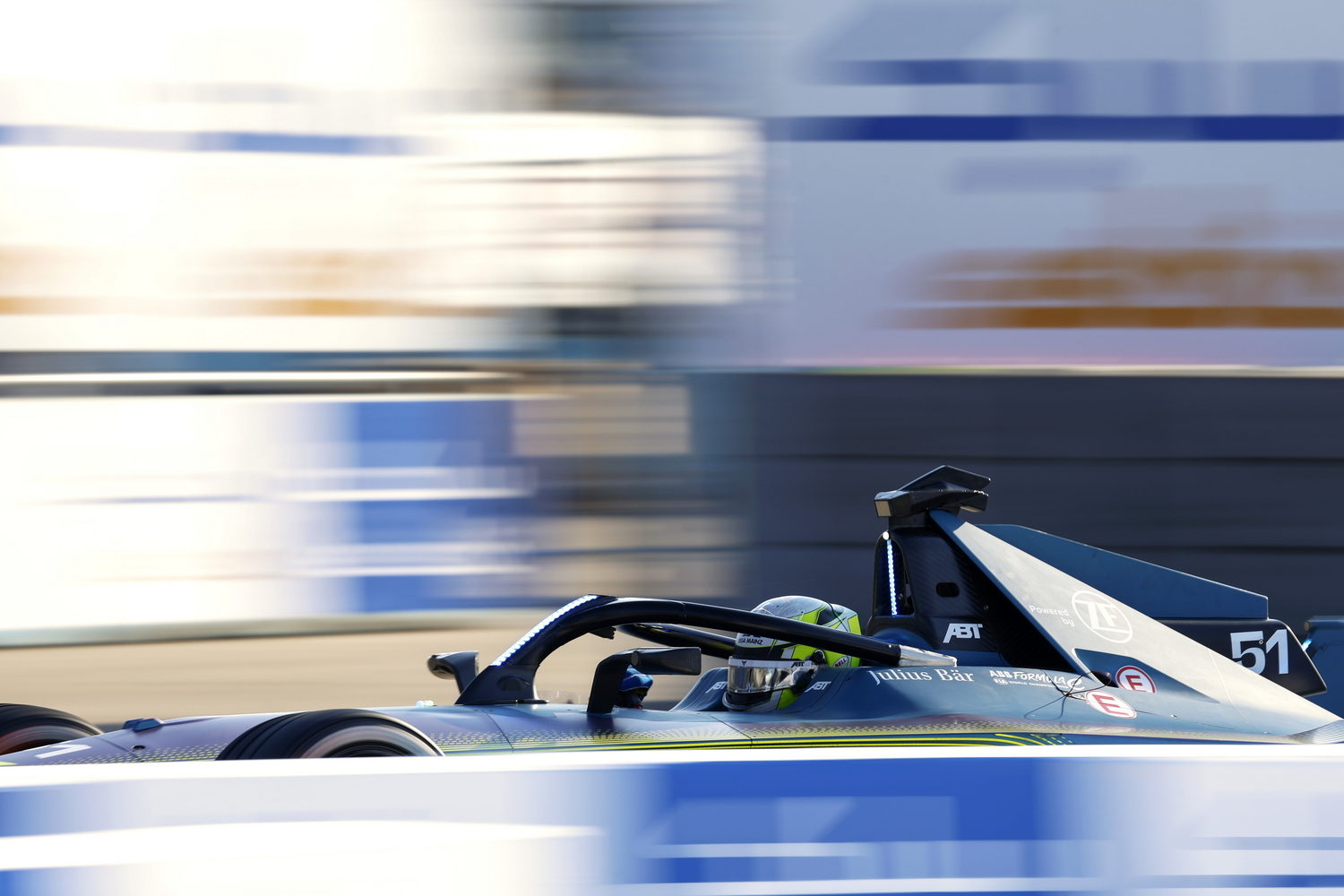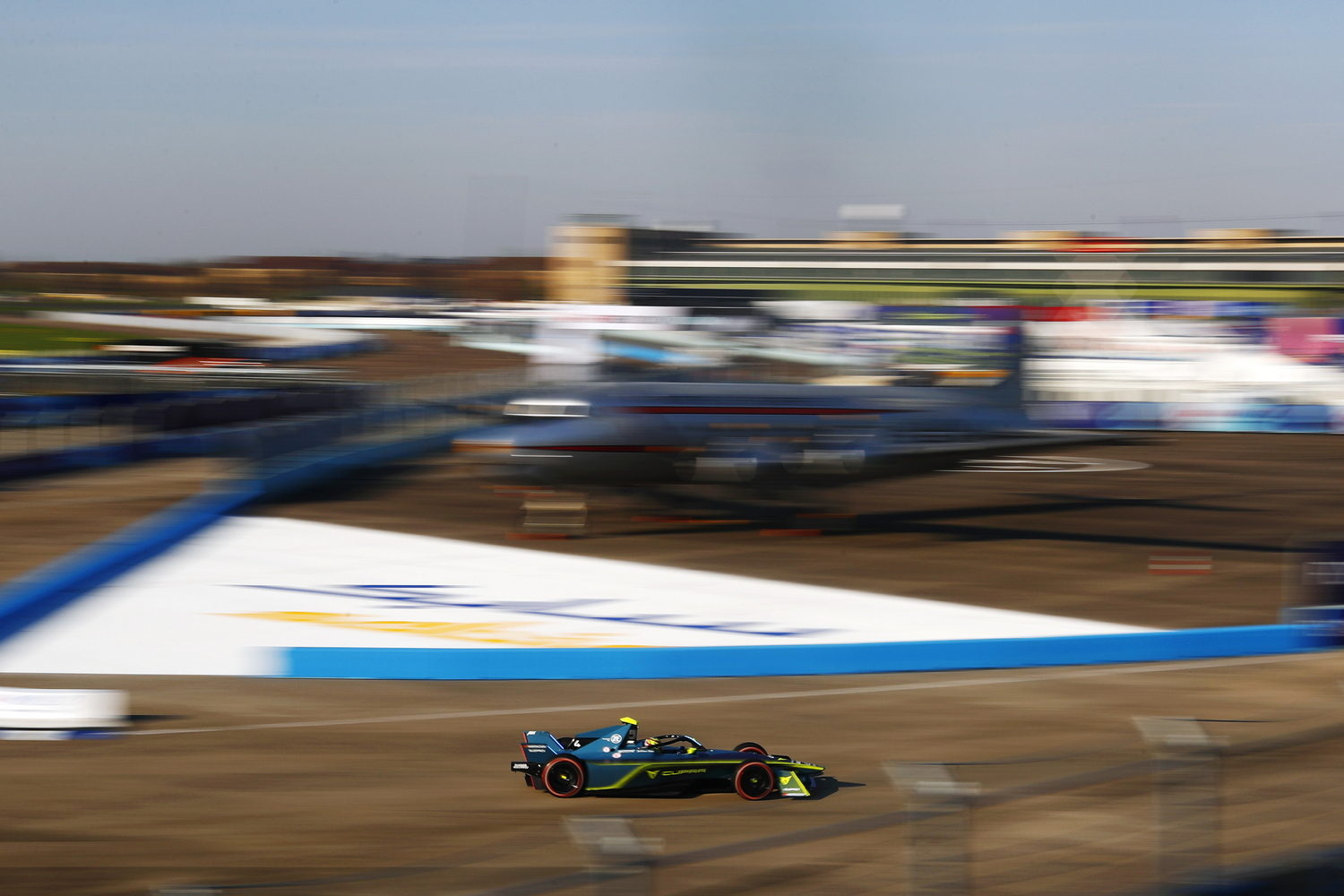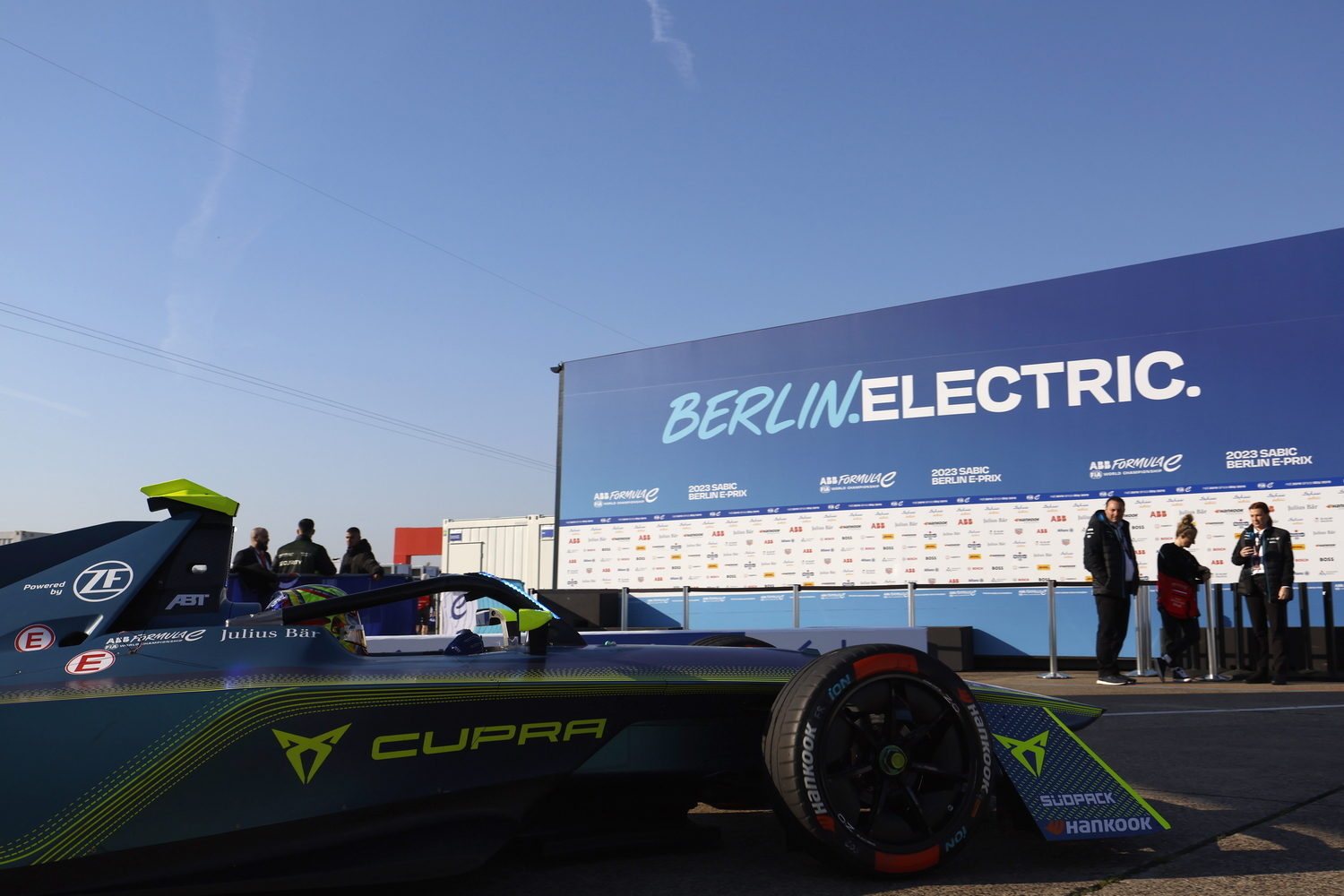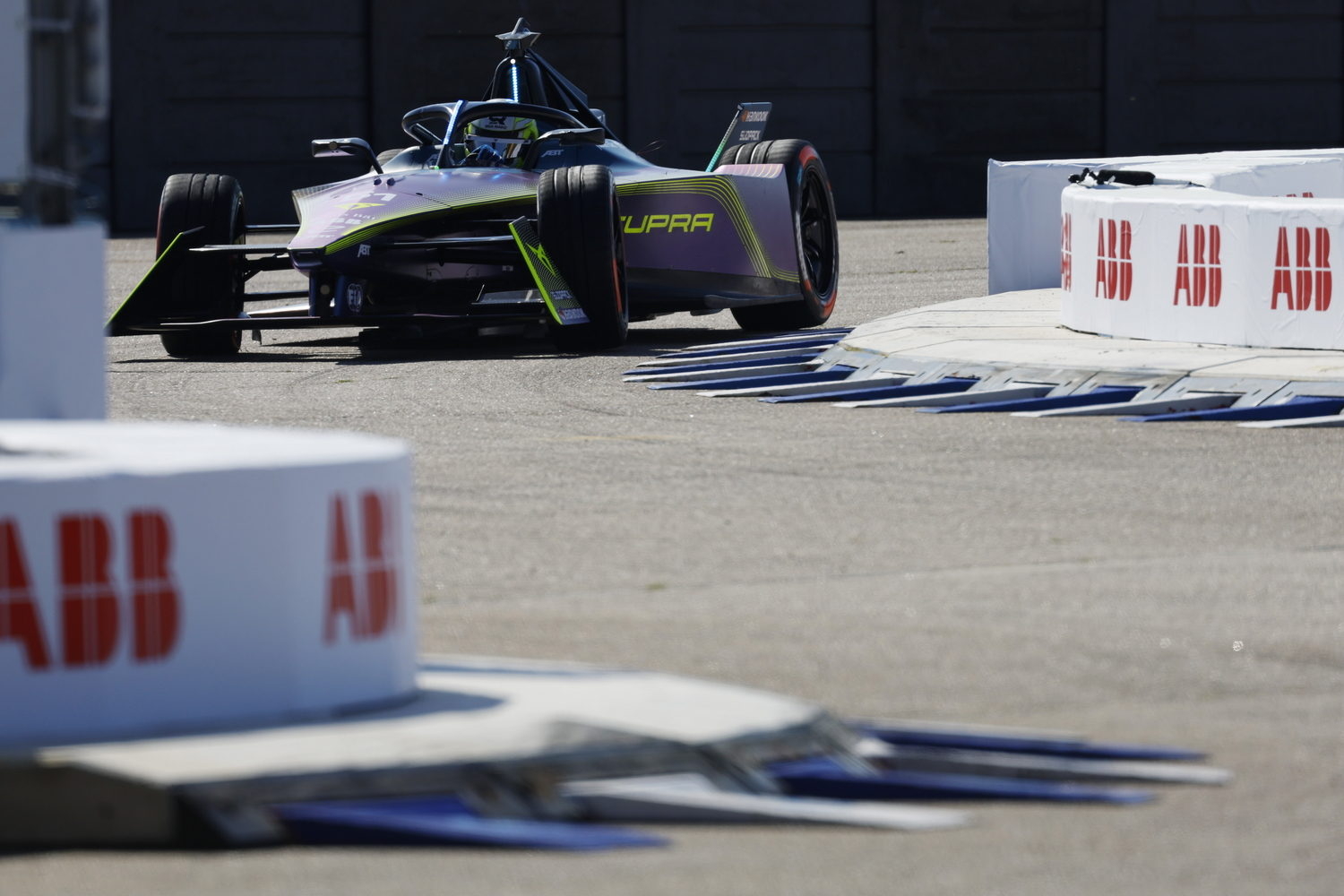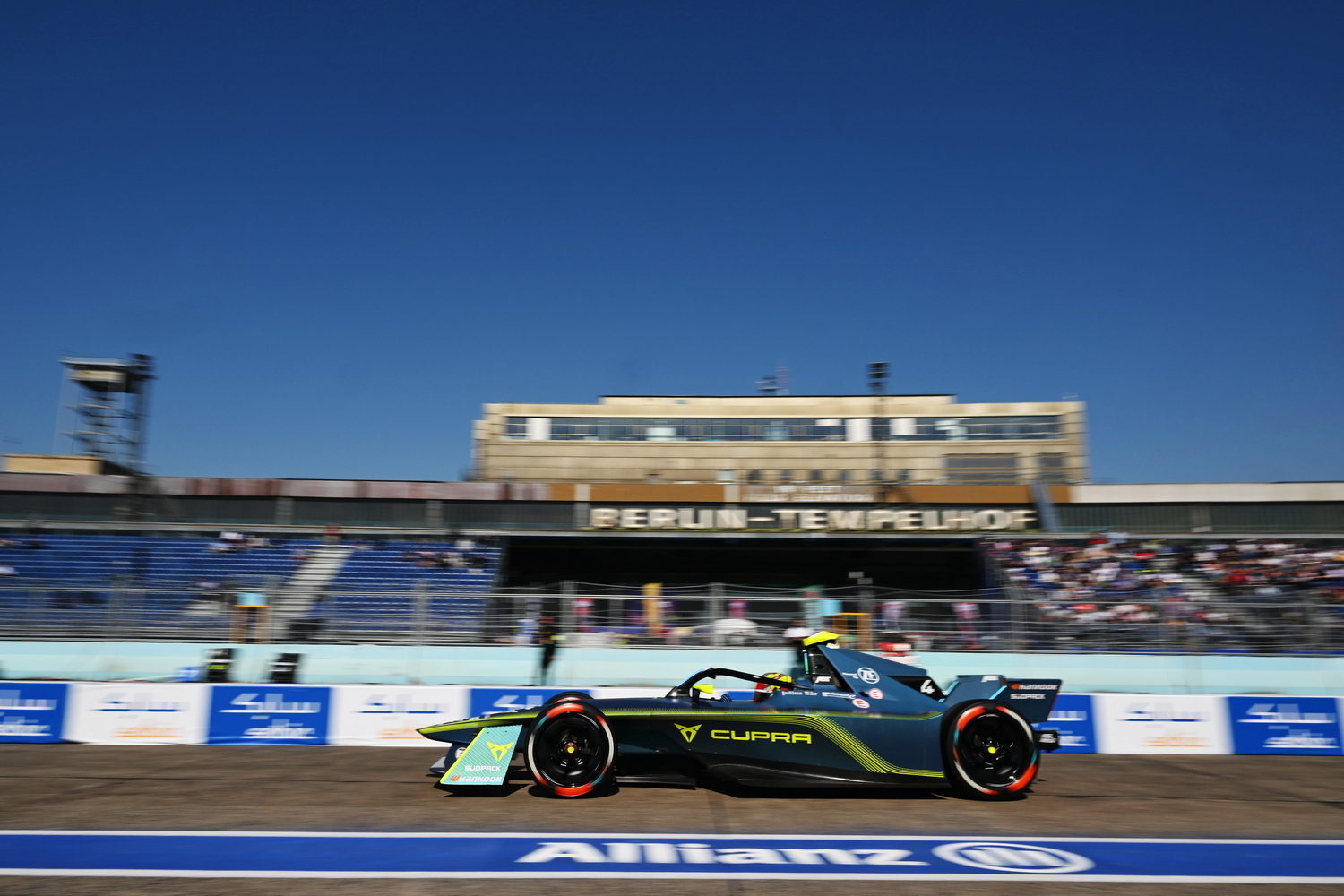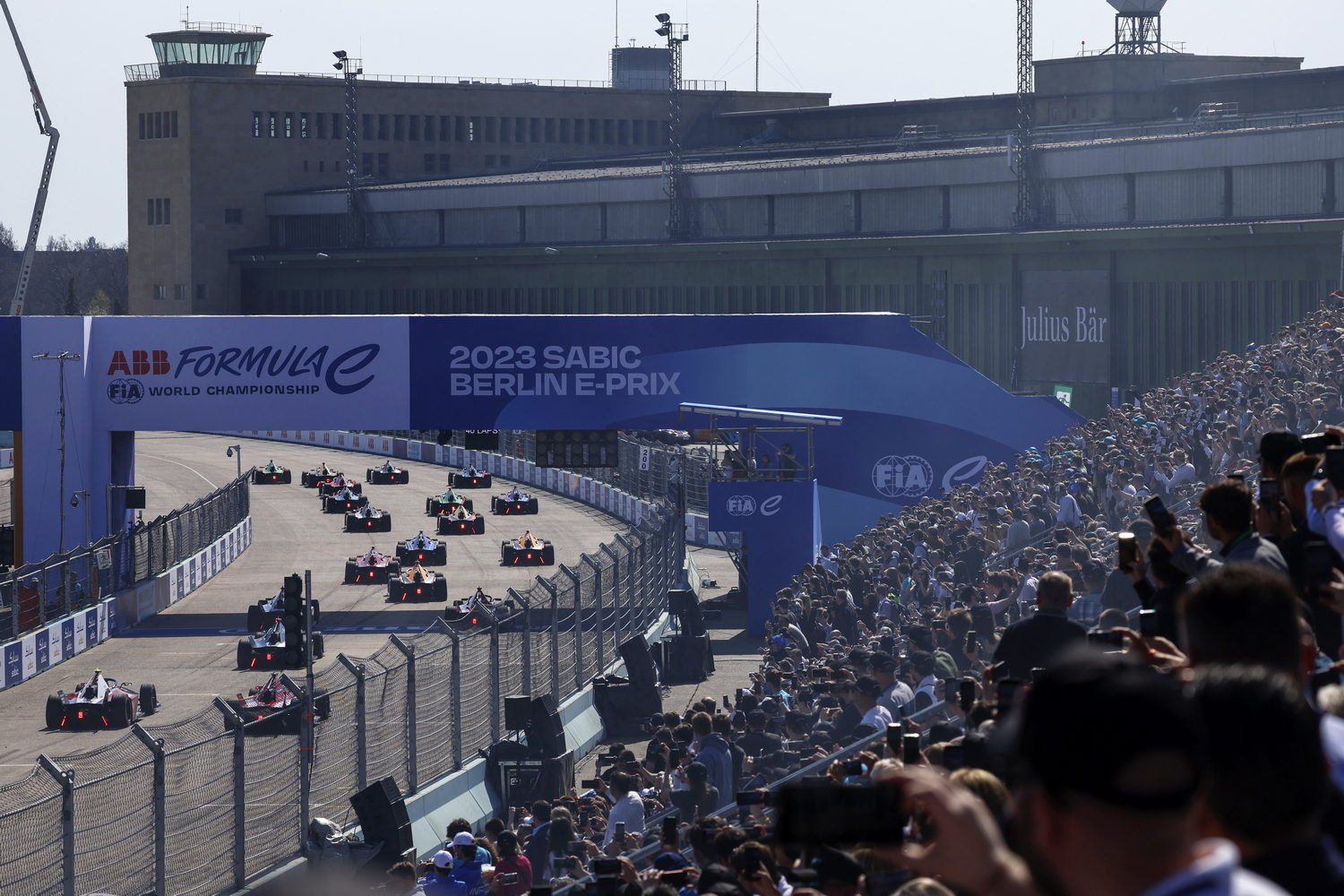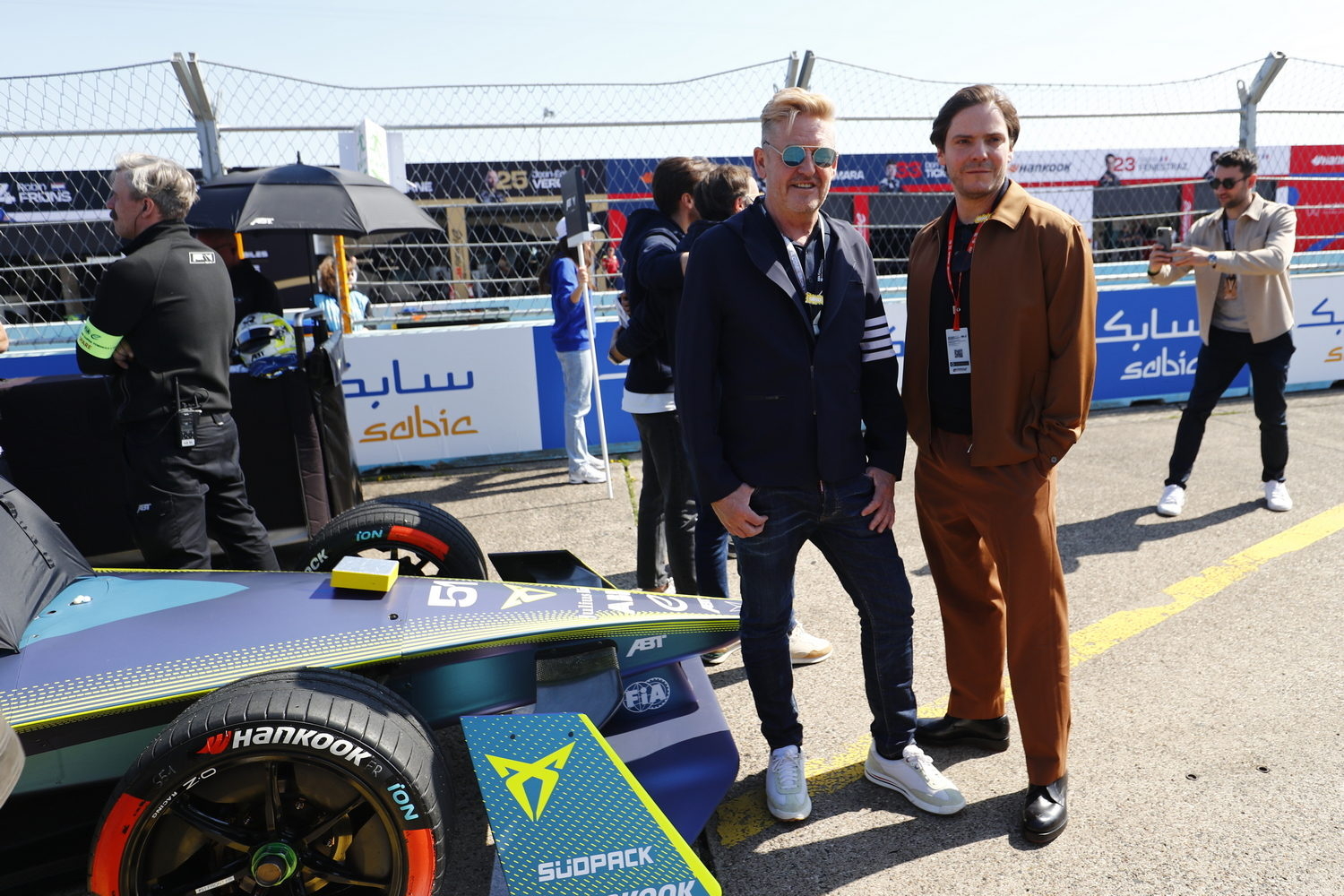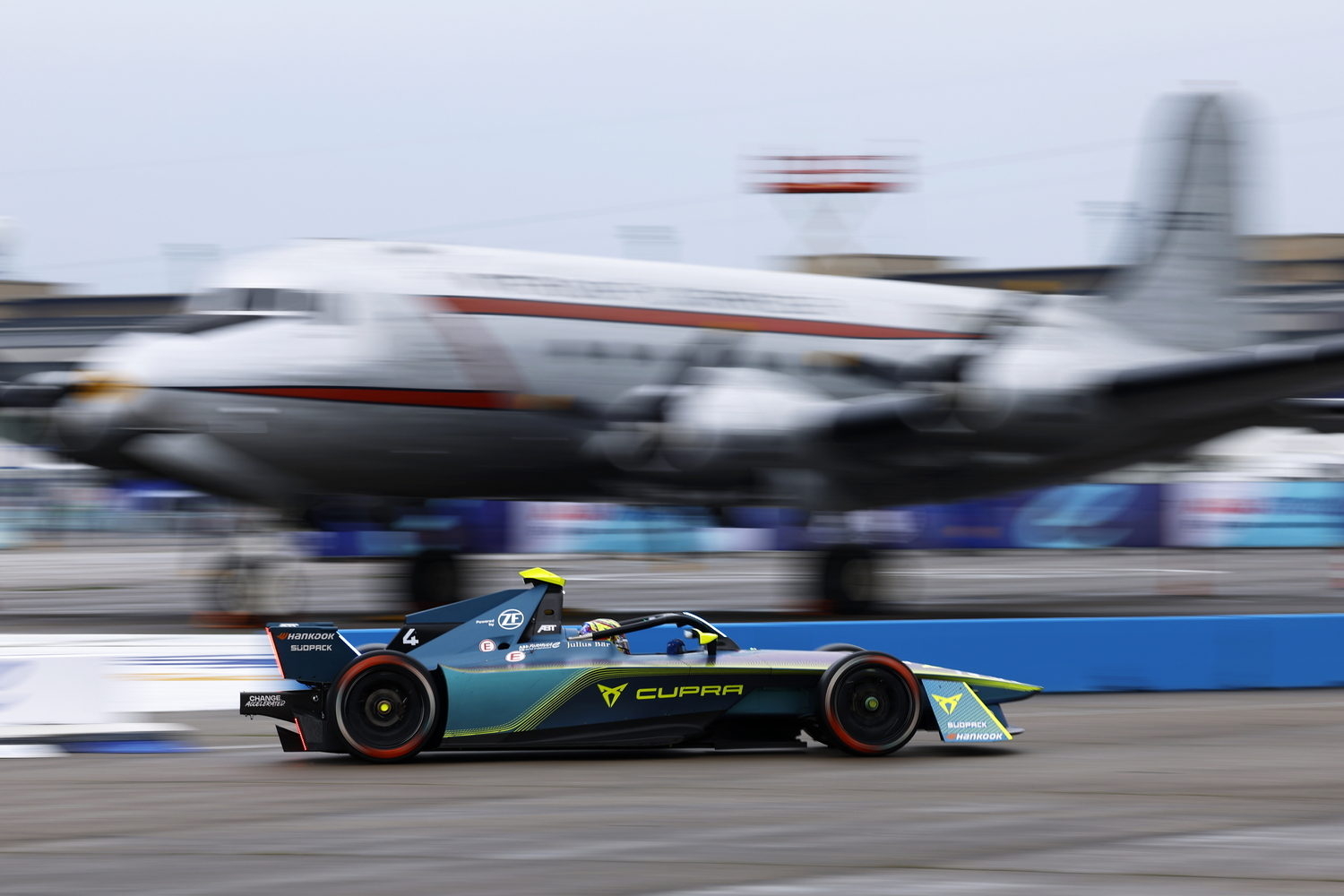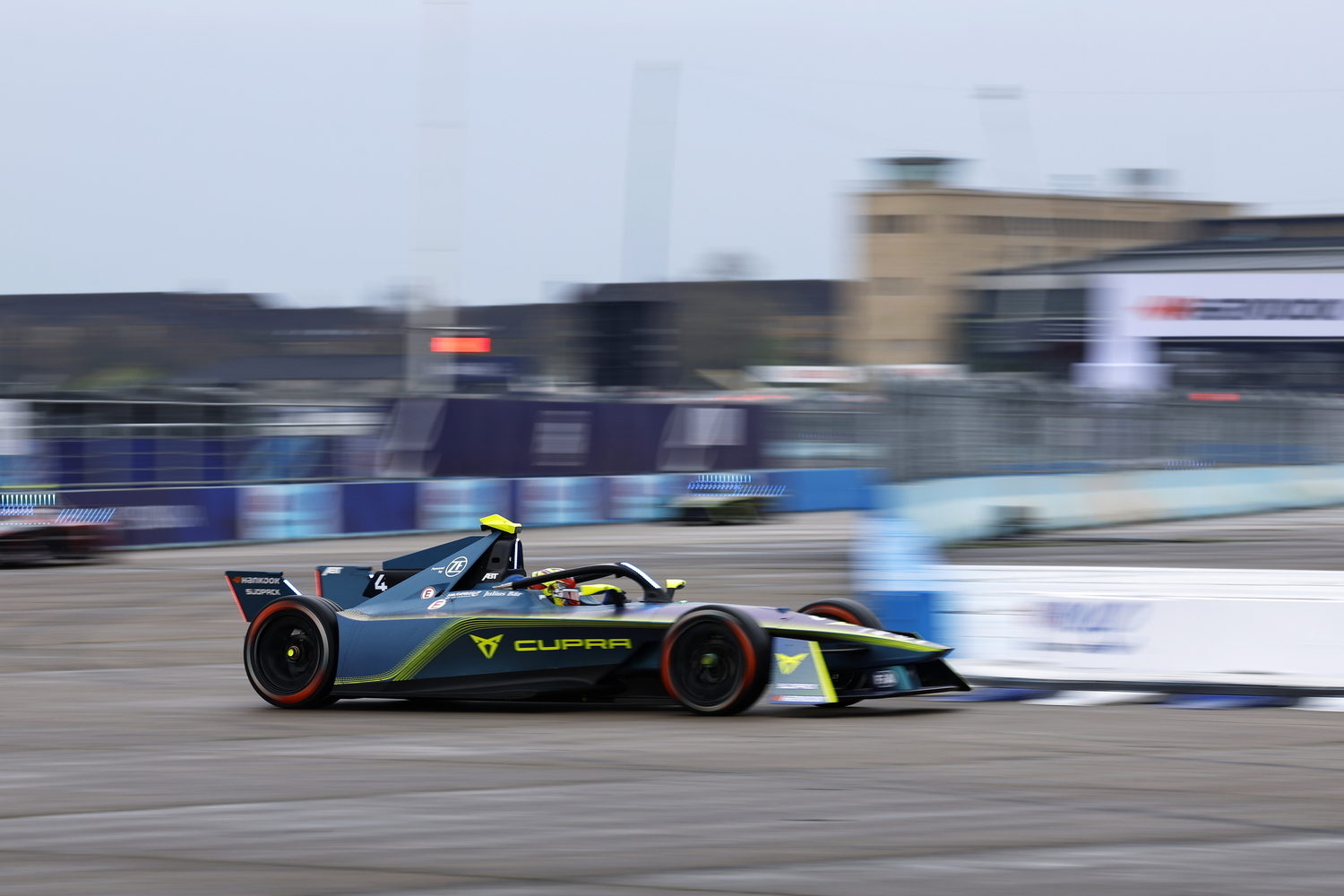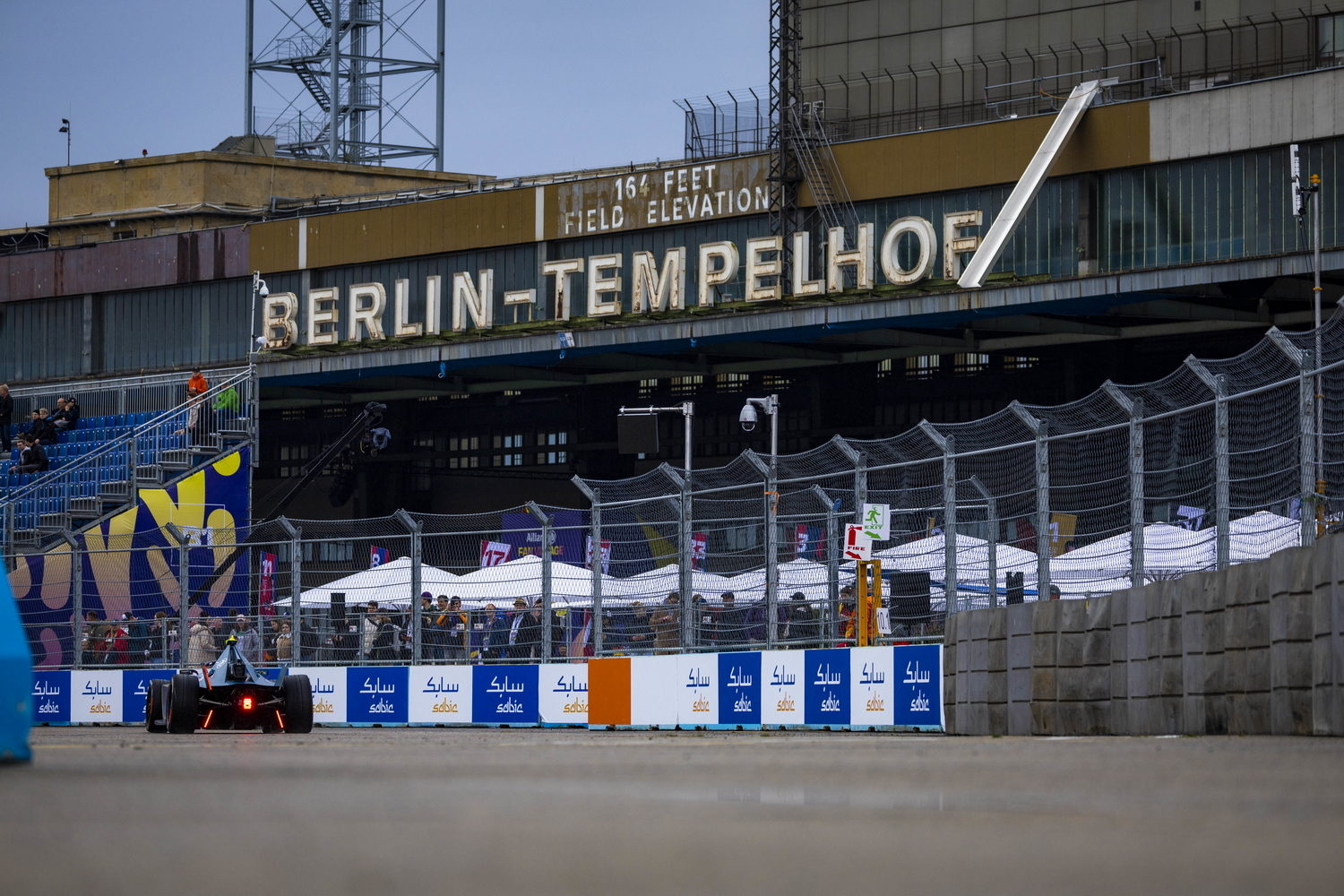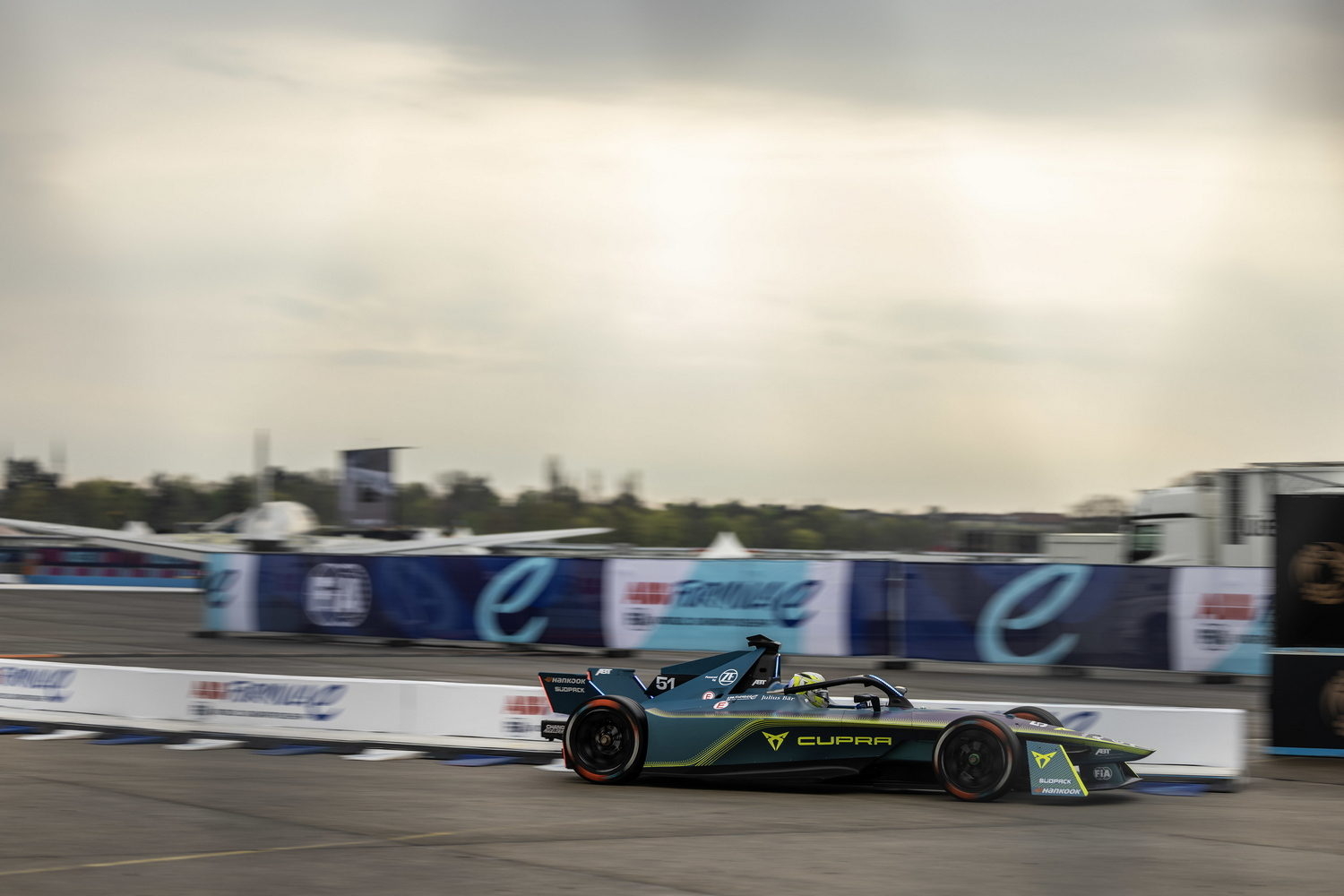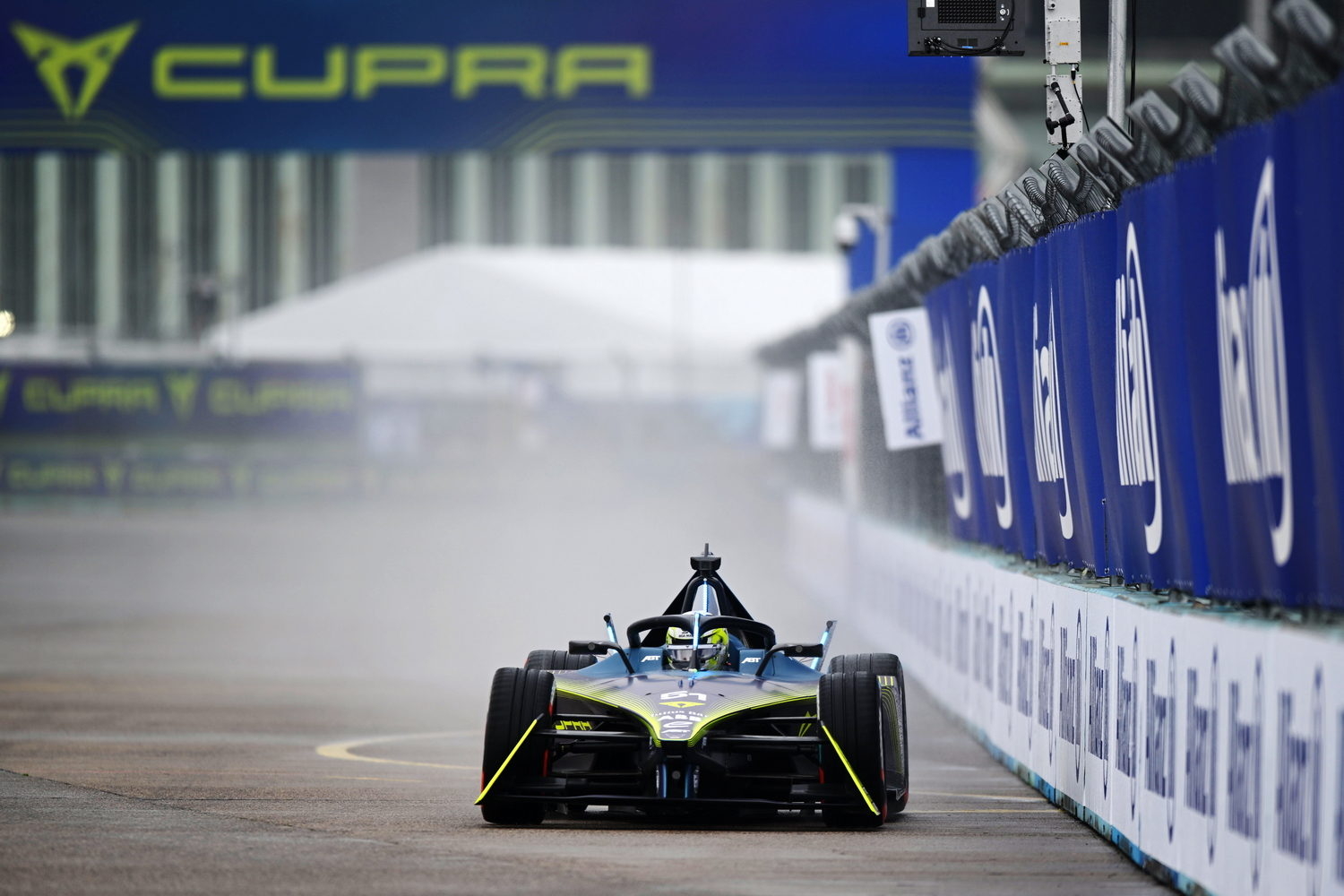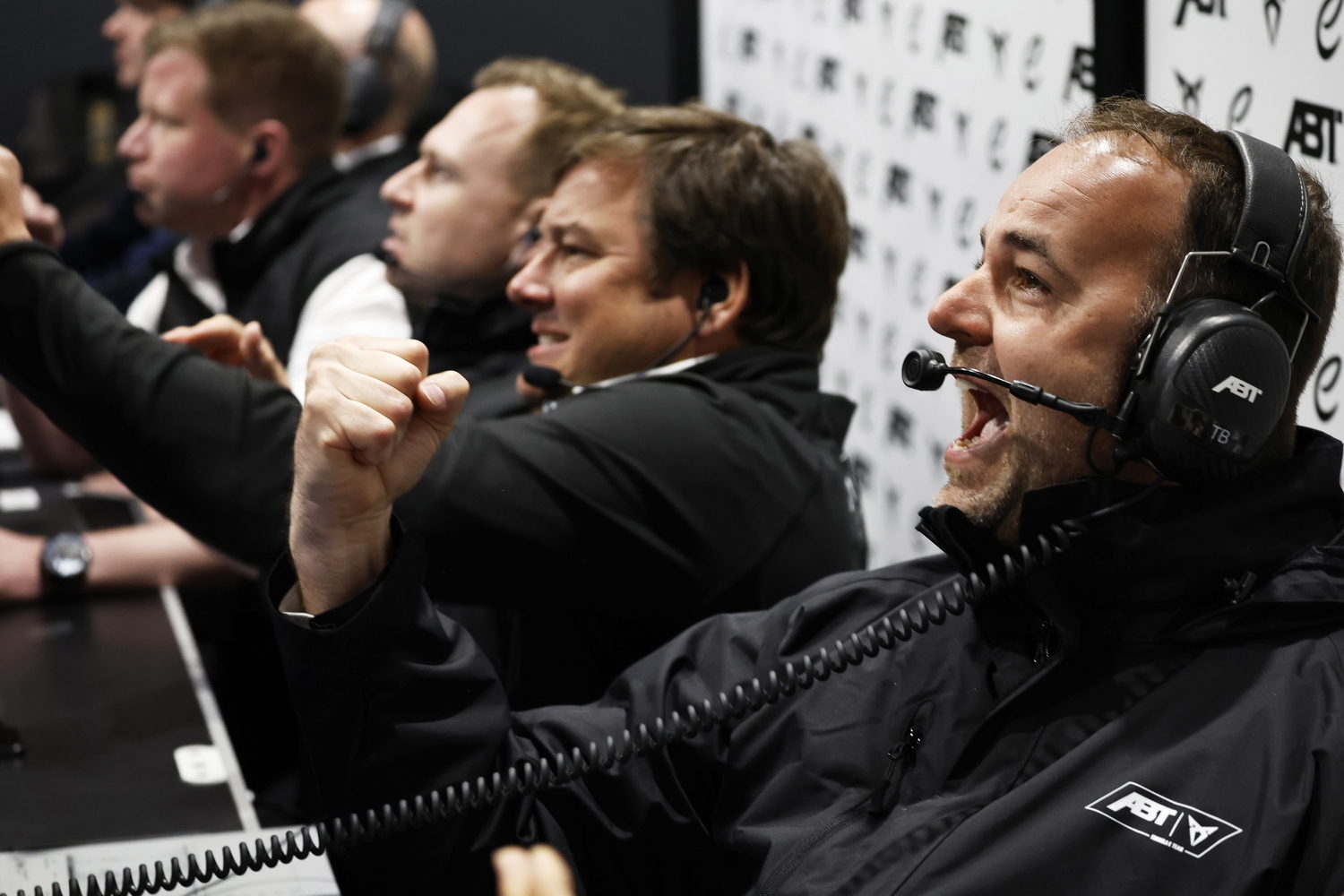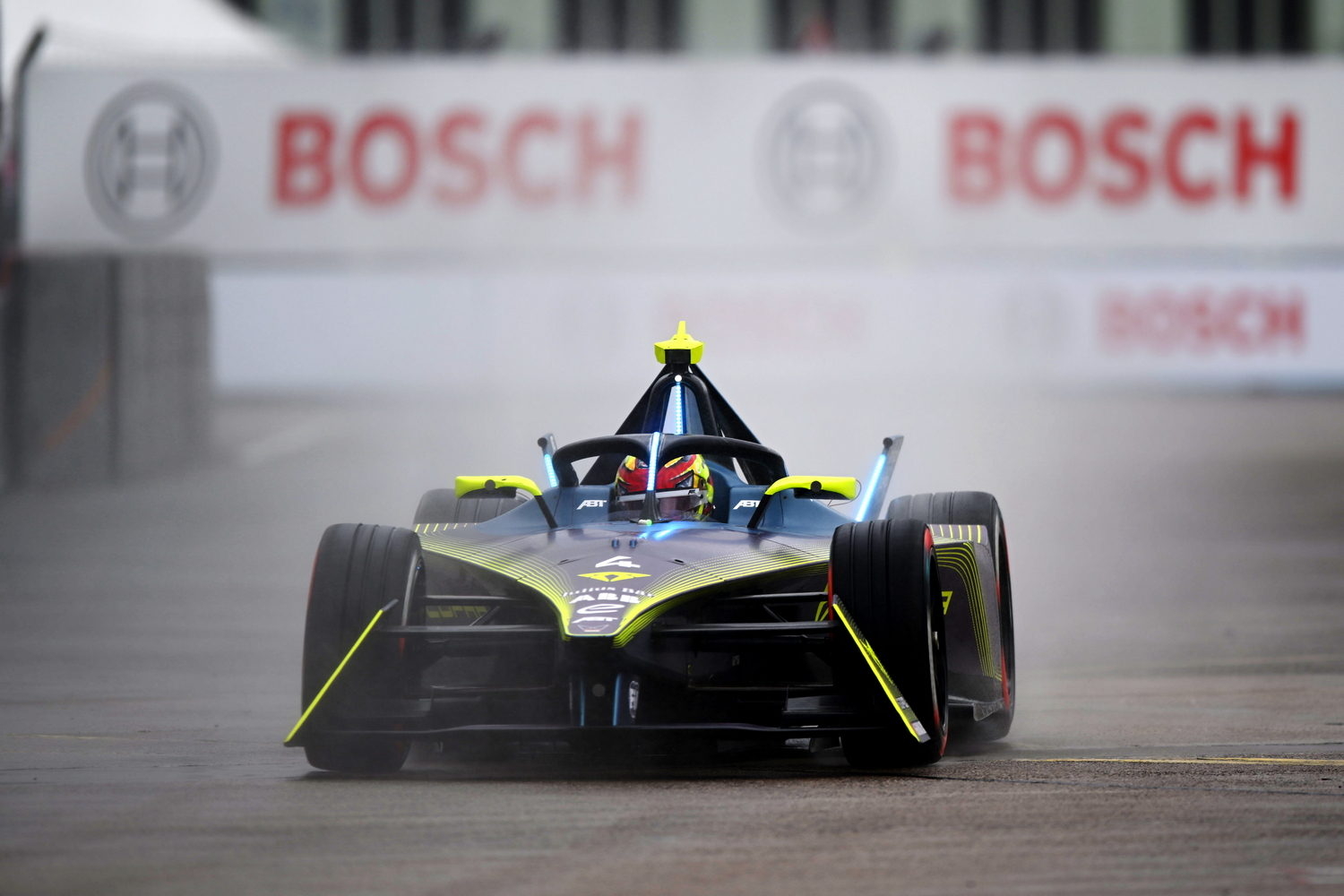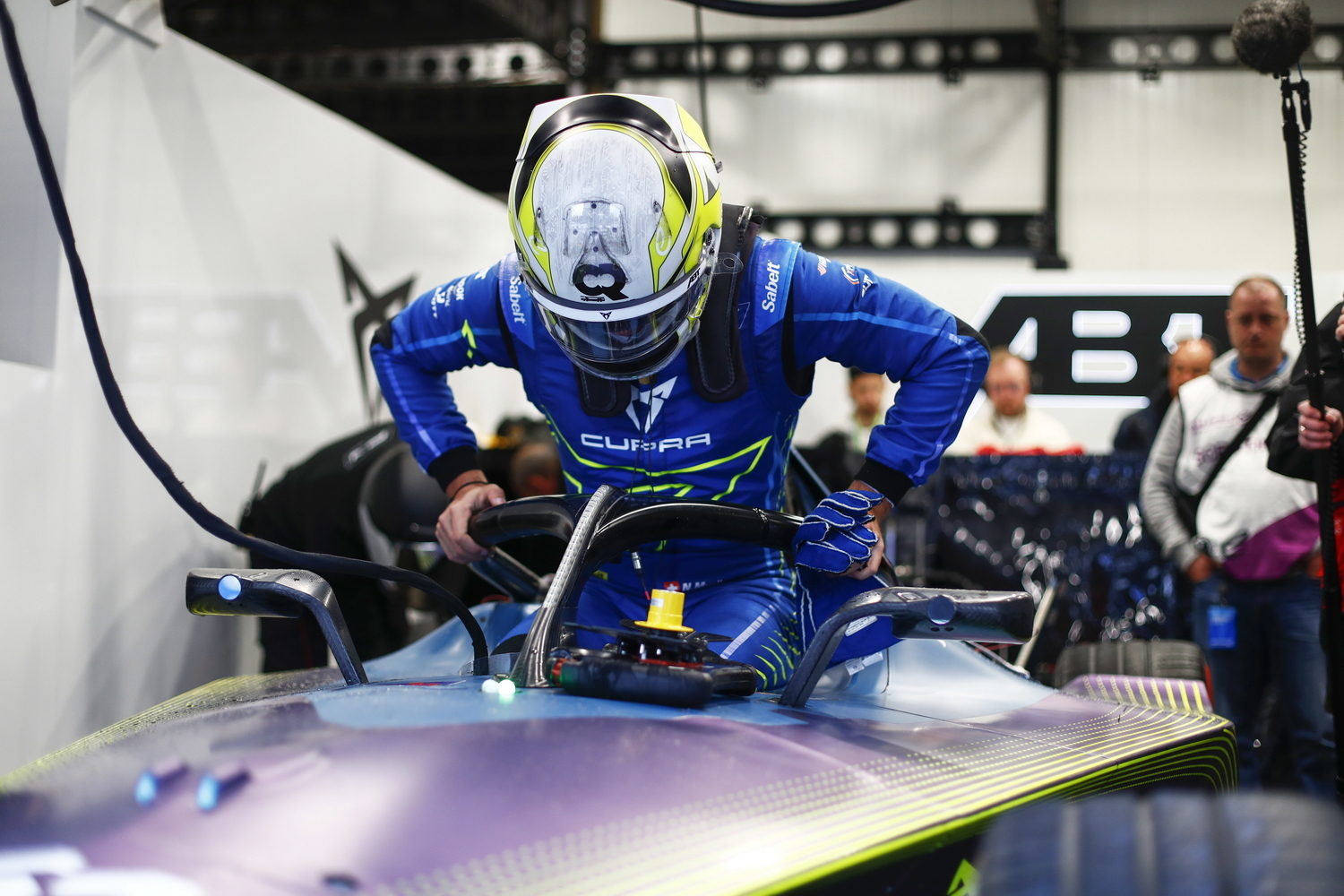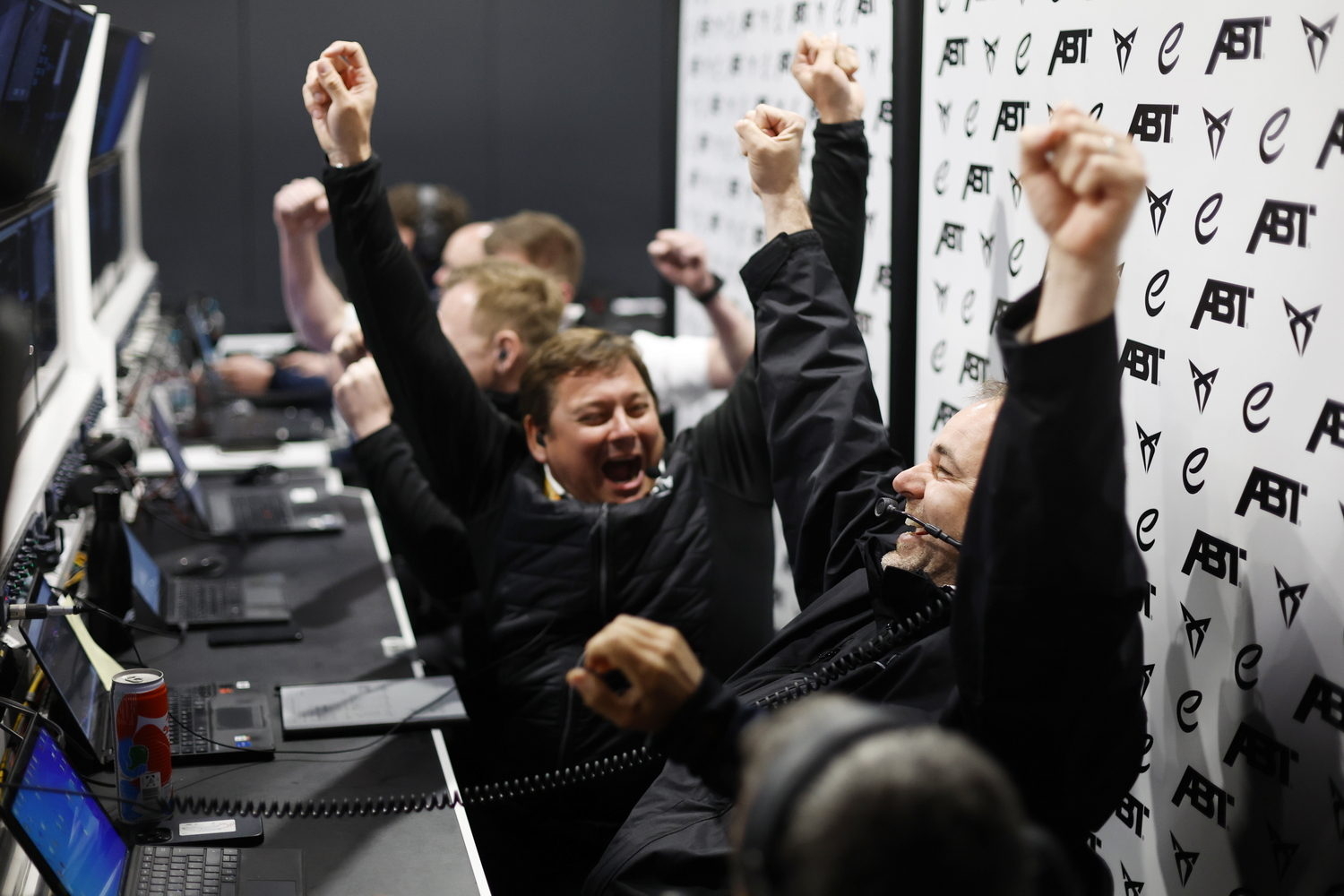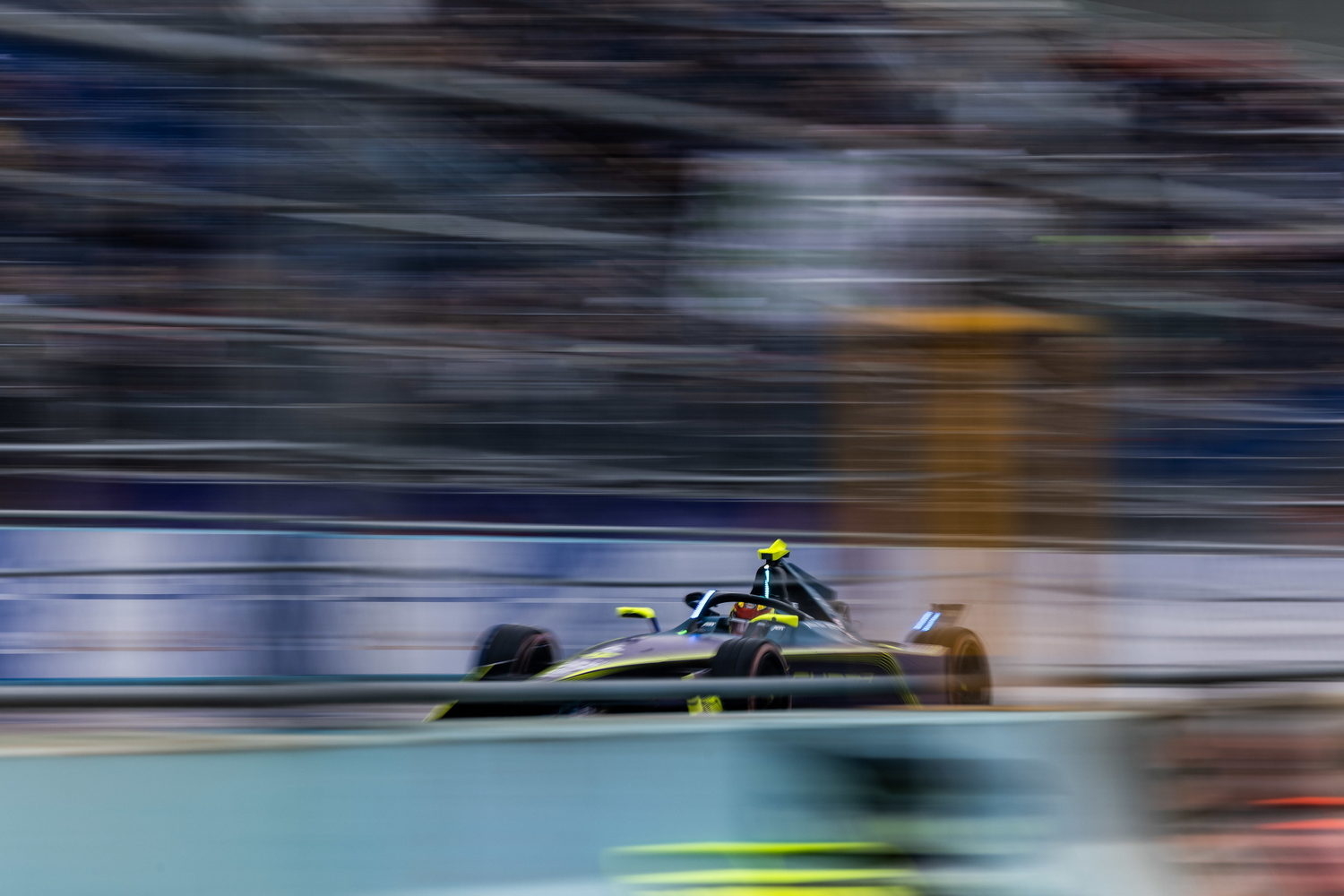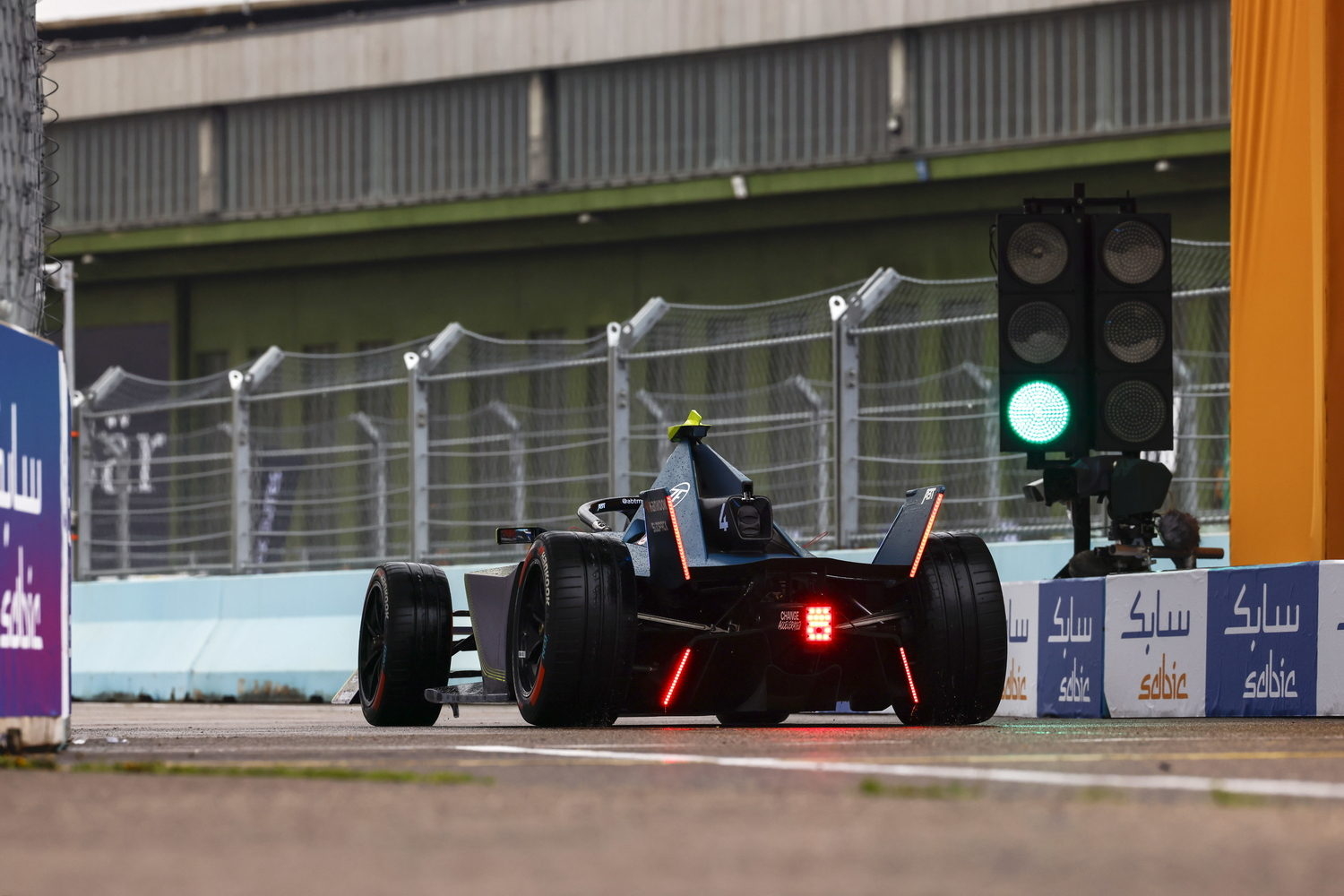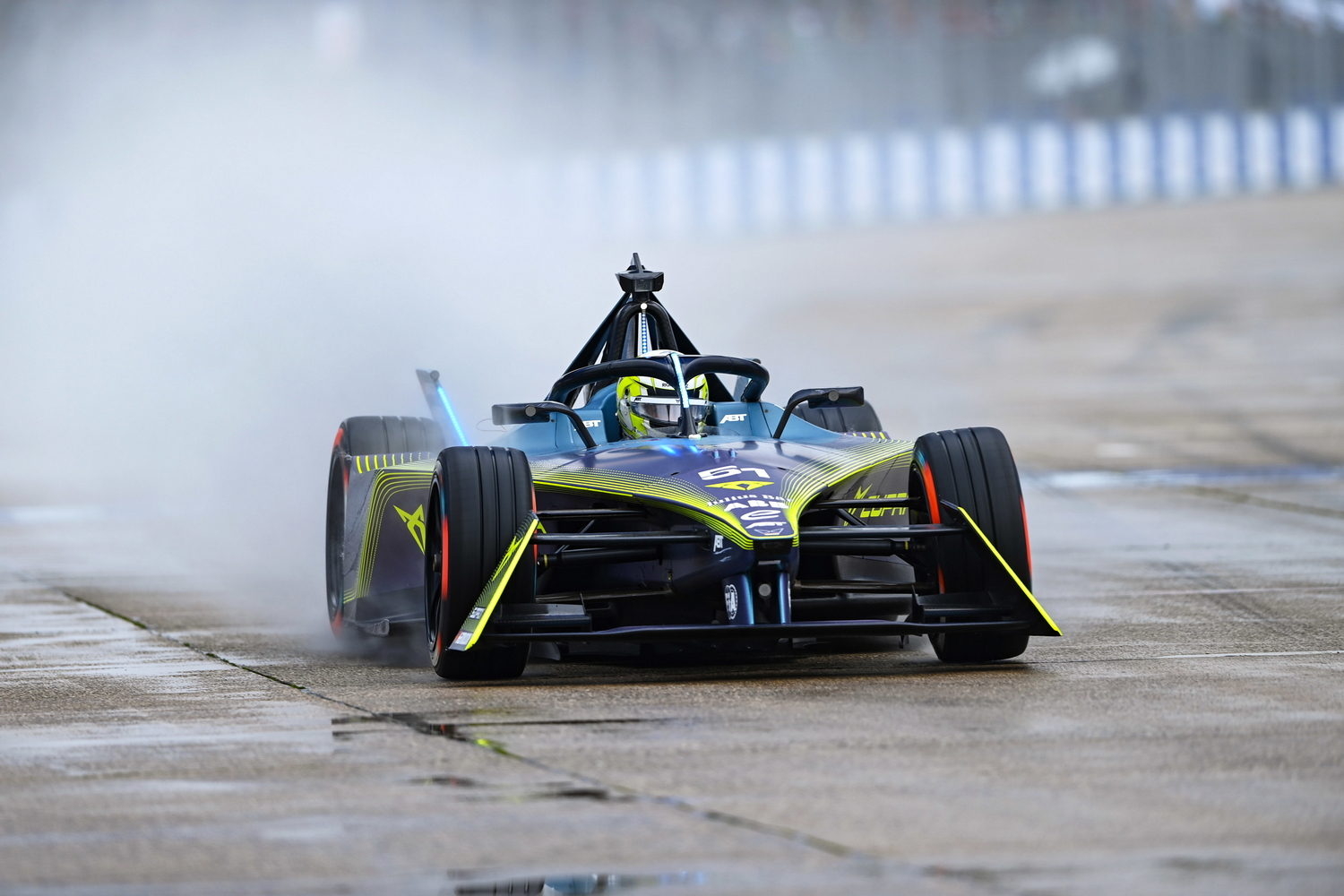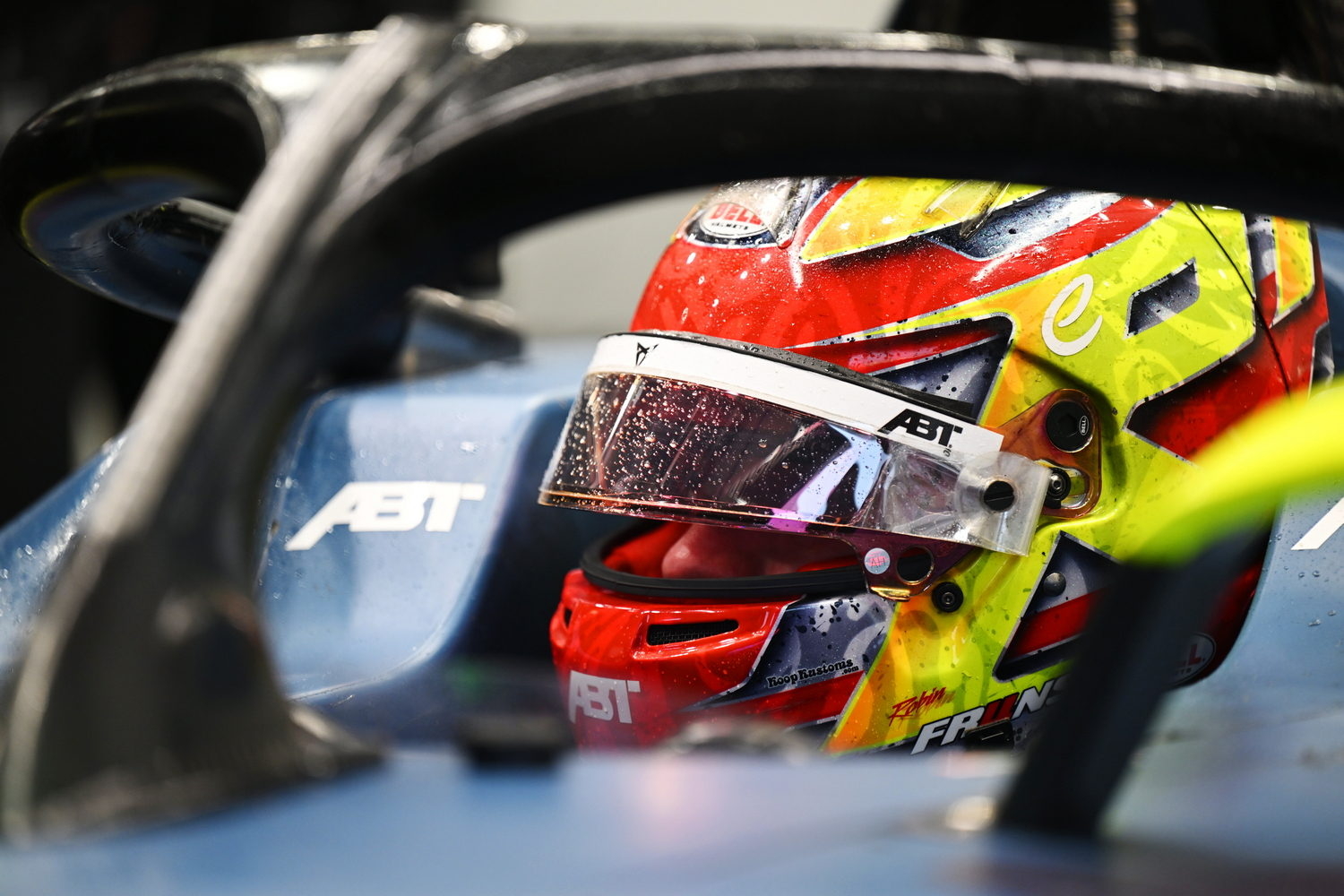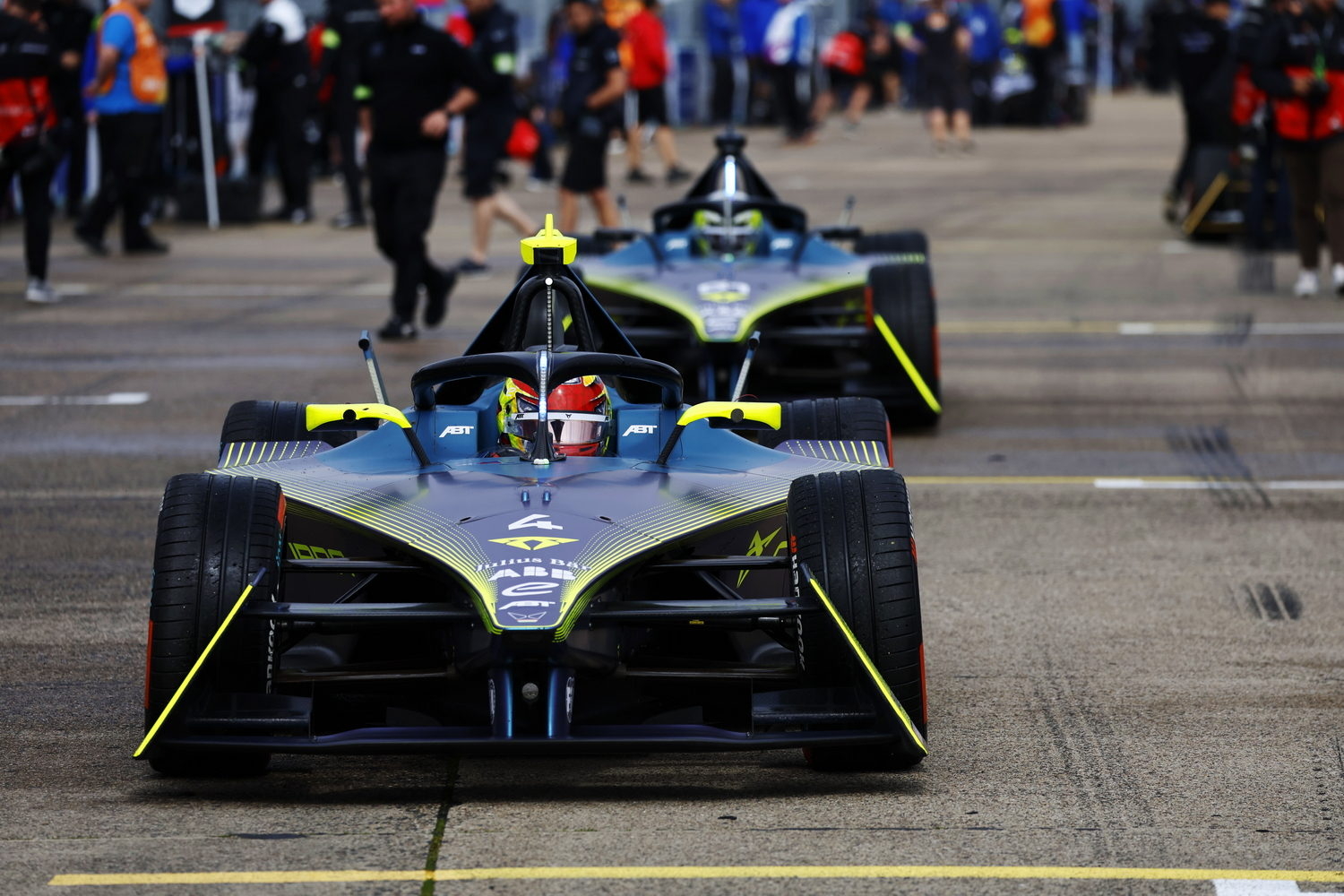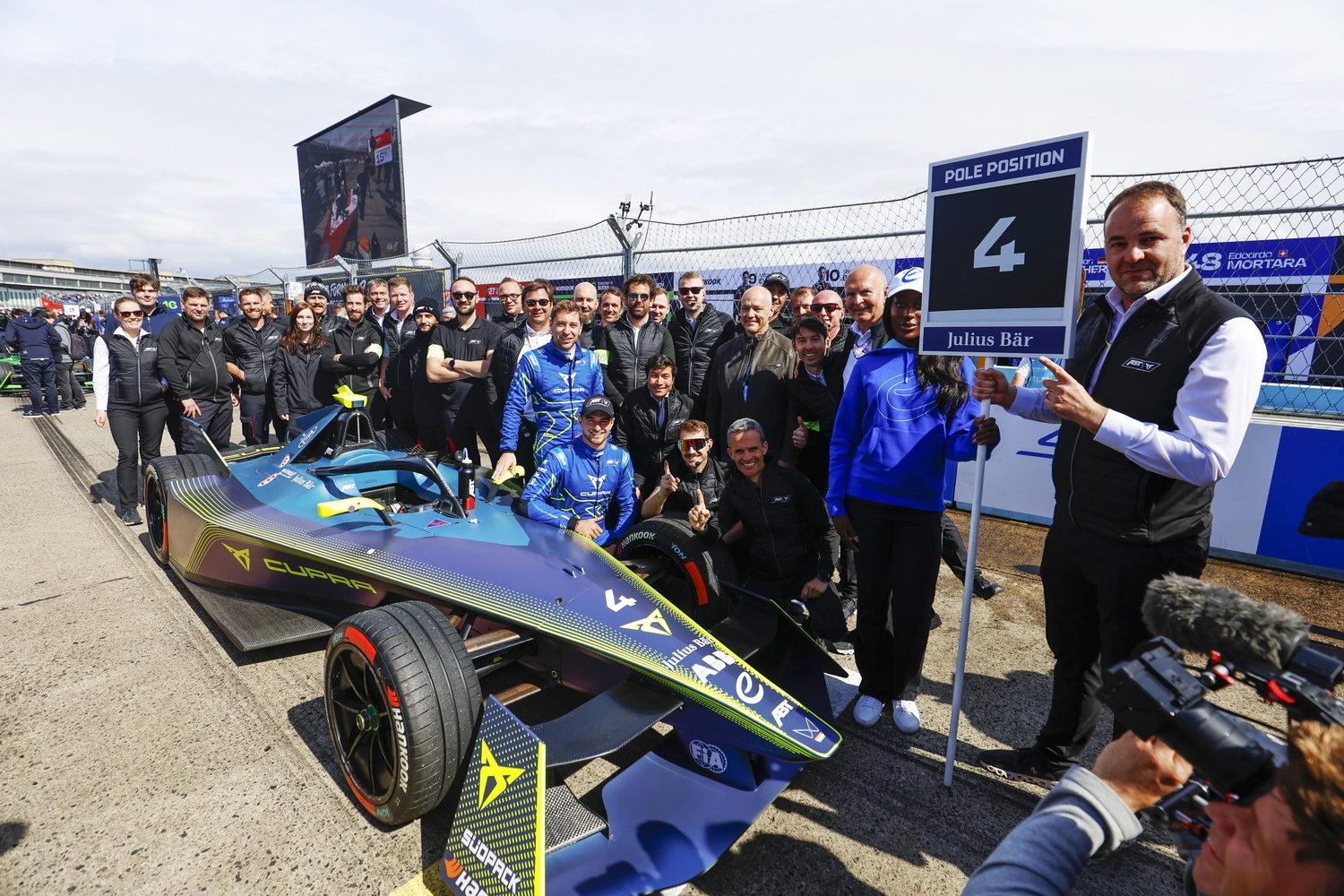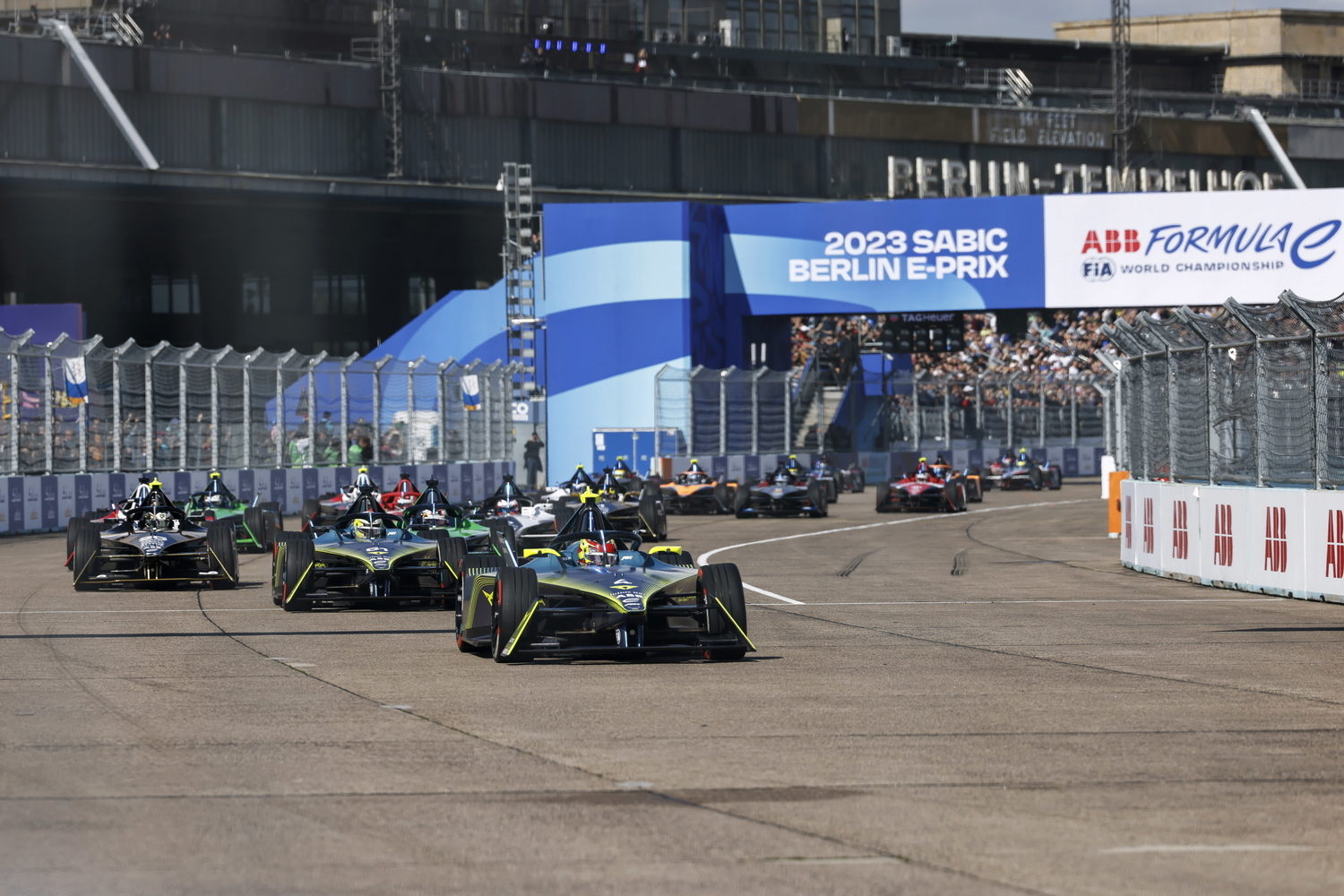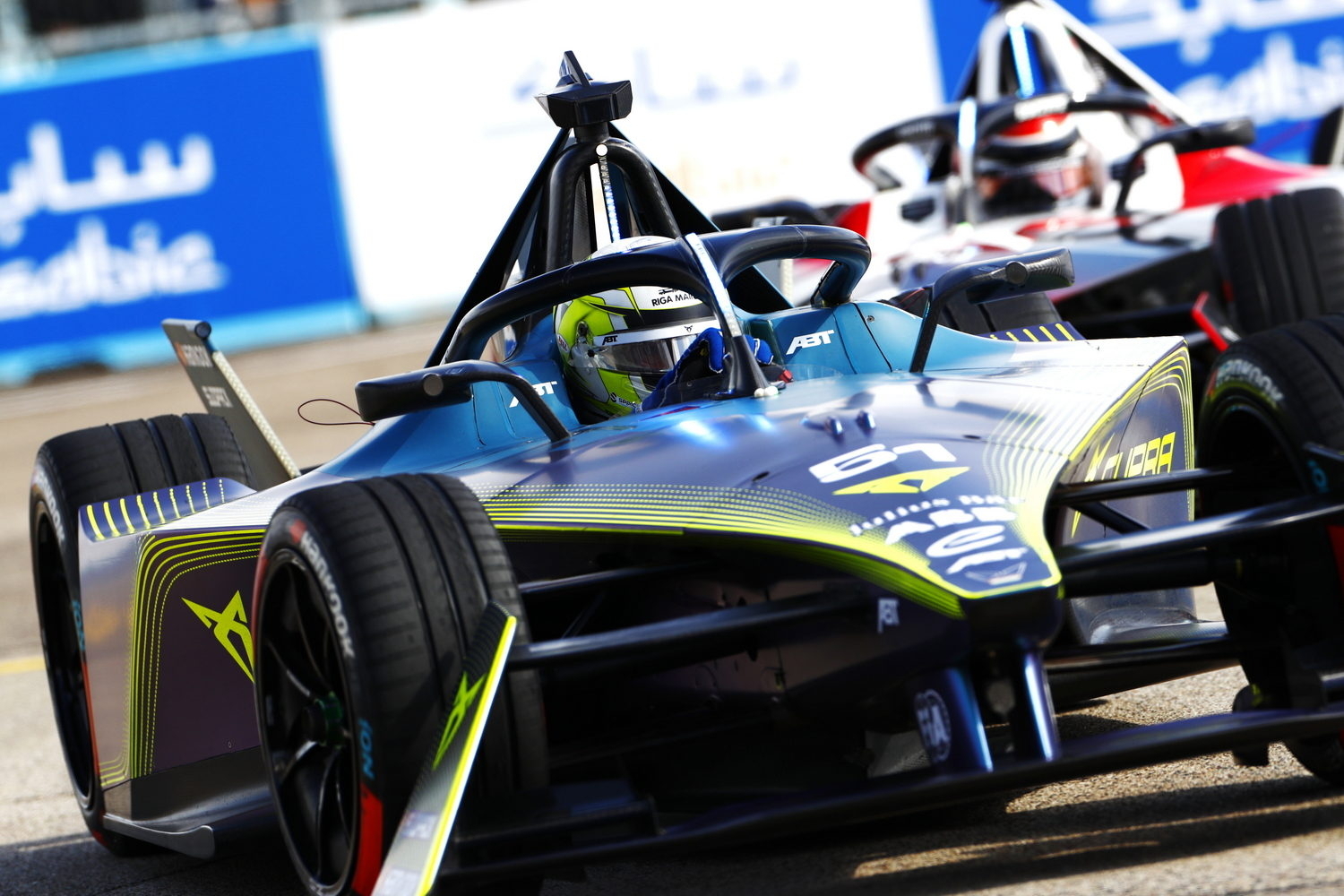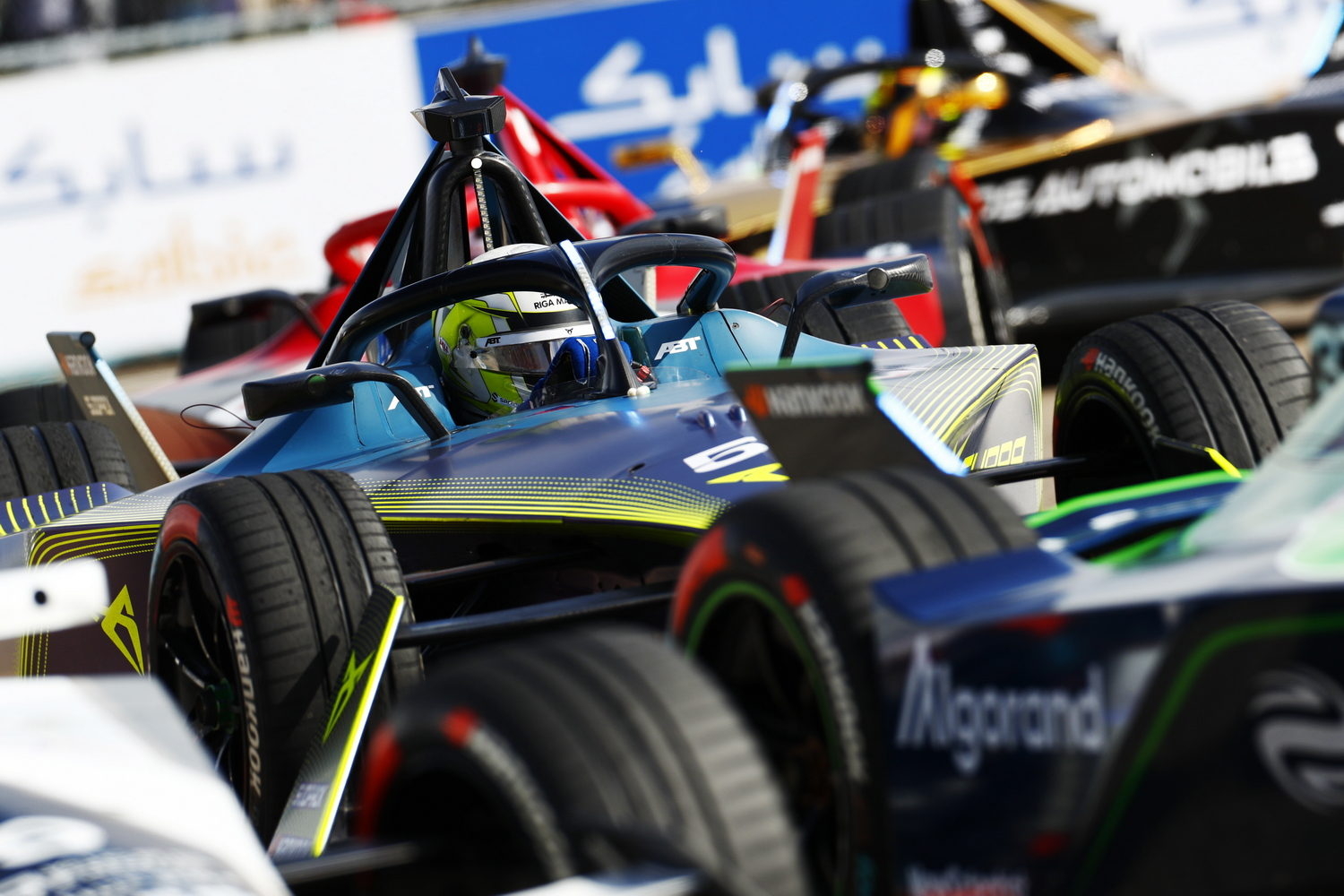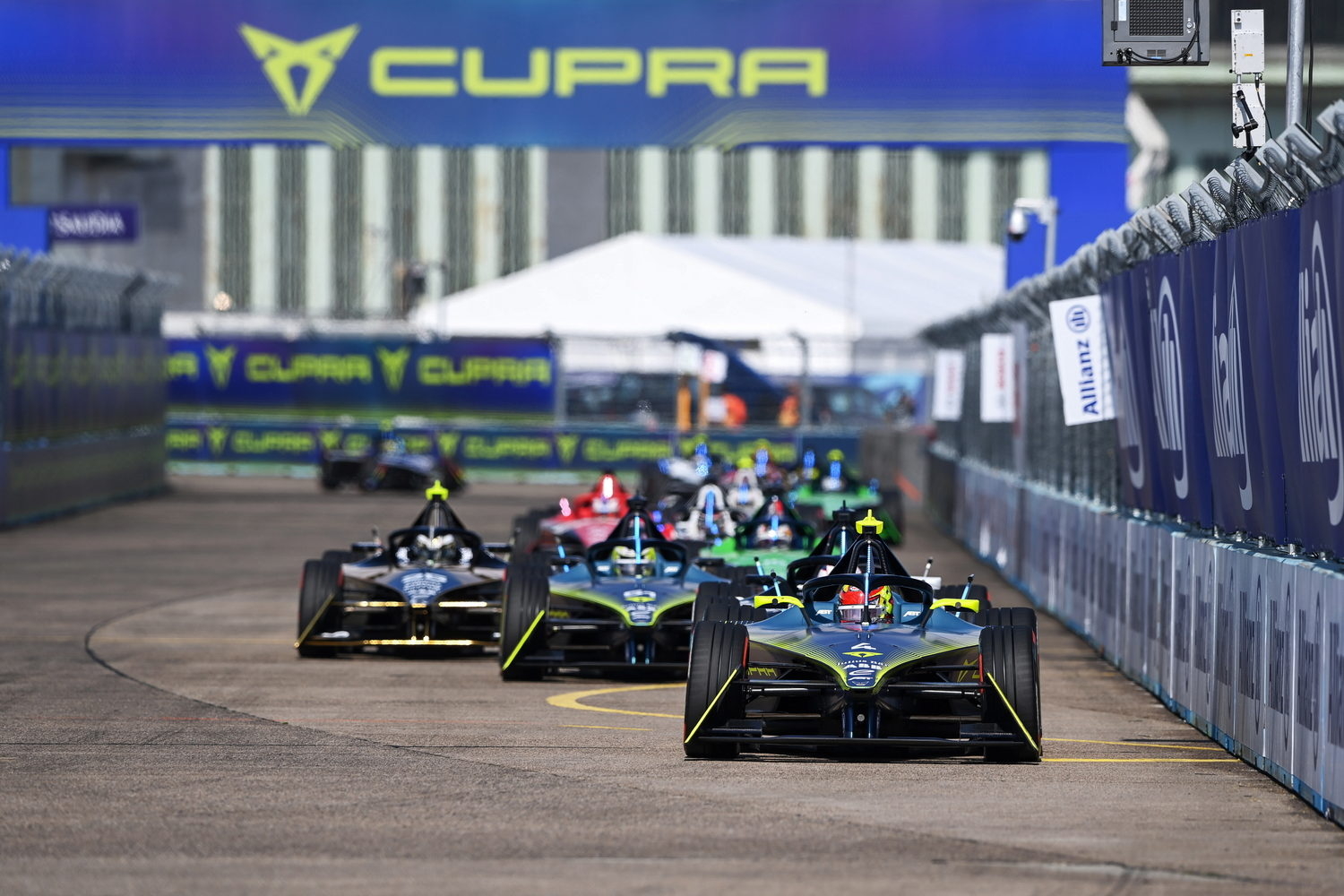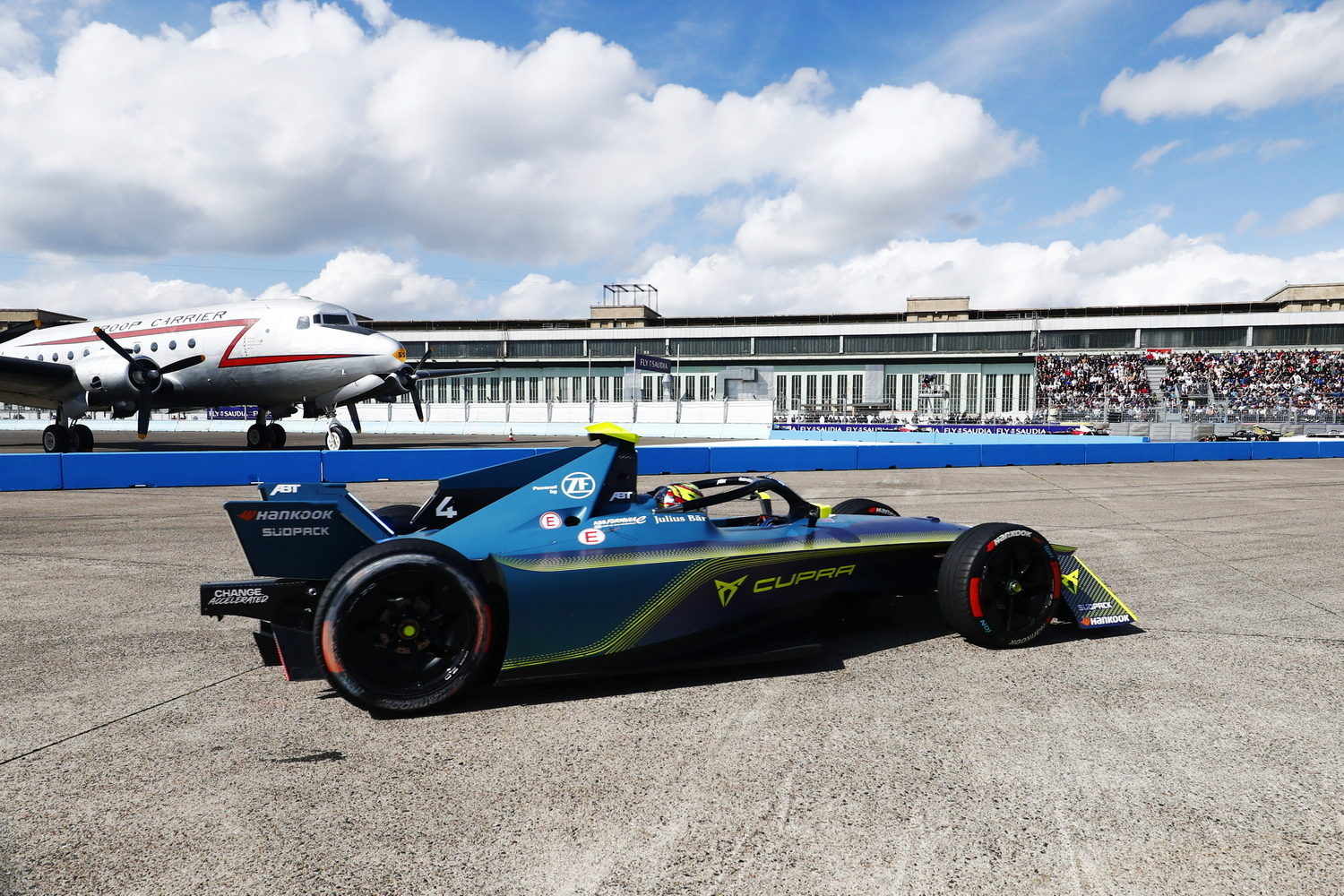Like electric cars themselves, electric race series Formula E has come a long way in a short space of time. When the first event was held in 2014, the series was greeted with a mixture of excitement, derision and everything else in between. But now it's a global series - afforded championship status by racing's governing body contested by household name car manufacturers and world-class drivers - it's becoming part of the motorsport furniture. In that, it's a bit like Formula 1, but there are some key differences, and the sound of the motors is only one of those.
To get a real feel for the racing and the experience, we headed off to the Berlin E-Prix, held at the historic Tempelhof airport in the heart of the city, to find out whether electric racing can really compete with the biggest motorsport events in the world.
The most immediately obvious difference, before you so much as see a car, is that the venues are compact and intimate. Whereas a Grand Prix, or even a touring car race, takes place at sprawling circuits such as Silverstone and Spa-Francorchamps, Formula E races are held predominantly on tight street circuits even shorter than that of Monaco. In fact, the Monaco E-Prix is held on a noticeably shortened version of the F1 track.
All of which means exploring a Formula E track and its environs is a simple affair that can be achieved in an hour or so. Particularly in Berlin, which isn't hemmed in by the confines of the city. That's because, despite being a 15-minute drive from Berlin's famous Brandenburg Gate, the Berlin track has more in common with circuits such as Silverstone and Thruxton than with Monaco and Singapore.
Built on the old Tempelhof Airport, which was only decommissioned in 2008, the track sits in the shadow of the remarkable old terminal building, and there's still plenty of aviation infrastructure in place. Look closely and you'll see the old airport signs and markings on the taxiways. But unlike some other racetracks, rather than using the old runways and taxiways (they're still there, but that part of the airfield has been turned into a park for the locals), the track sits on the old apron, where aircraft were once emptied and loaded.
That's good news come rain or shine, as the airport's distinctive canopy, once designed to protect weary travellers from the elements as they disembarked their flights, now covers part of the fan park, keeping the UV rays or the water off the various food trucks and stalls that ply their trade and the kids' activities designed to keep them entertained between races. If it all sounds like a bit of a music festival - or even the Goodwood Festival of Speed - then that's because it feels that way, too. It's just a bit smaller.
But money has clearly been spent, and everything is professionally done. This clearly isn't some two-bit race series cobbled together on a budget. It's at least as serious as touring cars or World Endurance Cars, even if the temporary nature of the tracks often makes it feel a bit, well, temporary.
The teams are serious about the sport, though. The number of passenger car manufacturers in F1 is increasing, what with Aston Martin and Alfa Romeo joining the sport, but Formula E is even more manufacturer-heavy. All but two of the teams on the 11-constructor grid are supported by a car maker, including Chinese manufacturer Nio, Cupra and DS, not to mention household names including Jaguar, Porsche and Nissan.
But while the names in Formula E might be well known, the sound of the racing feels rather less familiar. It's a very distinctive sound, but it's nowhere near as loud as Formula 1 or even Superbike racing. Whereas those piston engines scream in petrol-fuelled fury, the electric cars' whine gives the whole event the air of an overgrown Scalextric set. It still has its own excitement, but it's less impressive. And indeed, less oppressive. And while some fans might lament the limited noise, it's much more family friendly. Ear defenders are no longer a must-have for children, for example.
And the racing itself is far closer than in Formula 1. Naturally, some teams and drivers will always be closer to the top than others, but the cars are generally evenly matched, and the tight confines of the small street circuits mean there's a lot of jostling for position. Cutting corners, running out wide or even just taking more kerb than normal is not an option when there's a concrete wall in the way.
All of which means crashes are commonplace. It seems carbon fibre goes flying every two or three laps, as drivers make ambitious moves and grievous mistakes. Some of which result in a couple of slower laps behind the safety car. But when the racers are racing, the competition is fierce. The order changes every lap or so, and though some of the features, including the boost function, feel a bit forced, the racing isn't too heavily engineered. And nor is it too heavily officiated. When you leave at the end of the race, you usually know who has won.
In many ways, then, Formula E is better than Formula 1. At least on paper. There's more access to the drivers, a more intimate feel and often better racing. But there's something glamorous and wanton about Formula 1 that's missing from Formula E, and leaves it feeling a little like a cheap facsimile. But we suppose it's hard to be glamorous when your team is servicing the car in a branded gazebo. And when the racers sound like slot cars.
There's less passion from the fans, too. Without decades of competition, the fans haven't really had a chance to nail their colours to the mast, so winners are greeted with more polite applause than cheers or boos. The British race isn't packed with Jaguar fans, and the German race isn't a Porsche love-in. It's all a bit sterile.
As a result, Formula E is probably best experienced on the telly, particularly for those without an interest in any one driver or team. There, you get a better view of the racing than you would from a temporary grandstand, and you can do so safe in the knowledge you aren't missing too much in the way of atmosphere. That said, it's quite a family-friendly day out and a good introduction to live motorsport, even if it will always feel a bit lower-league compared with the lofty heights of Formula 1.

